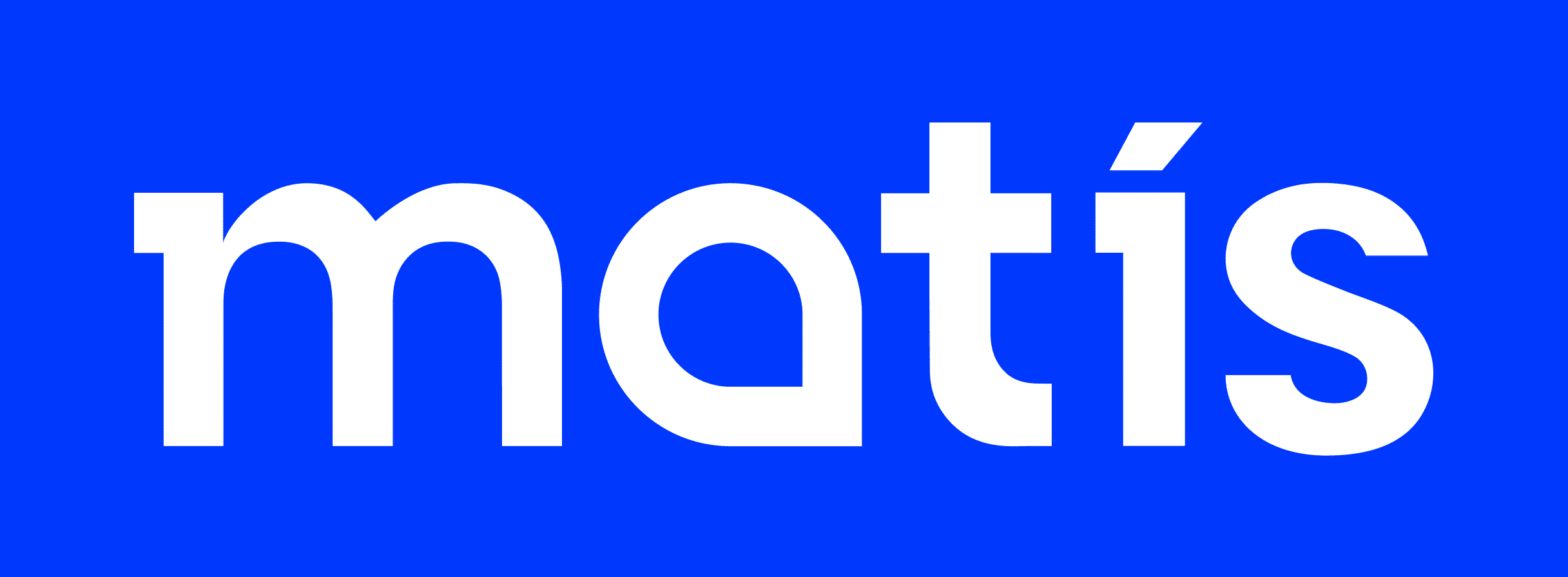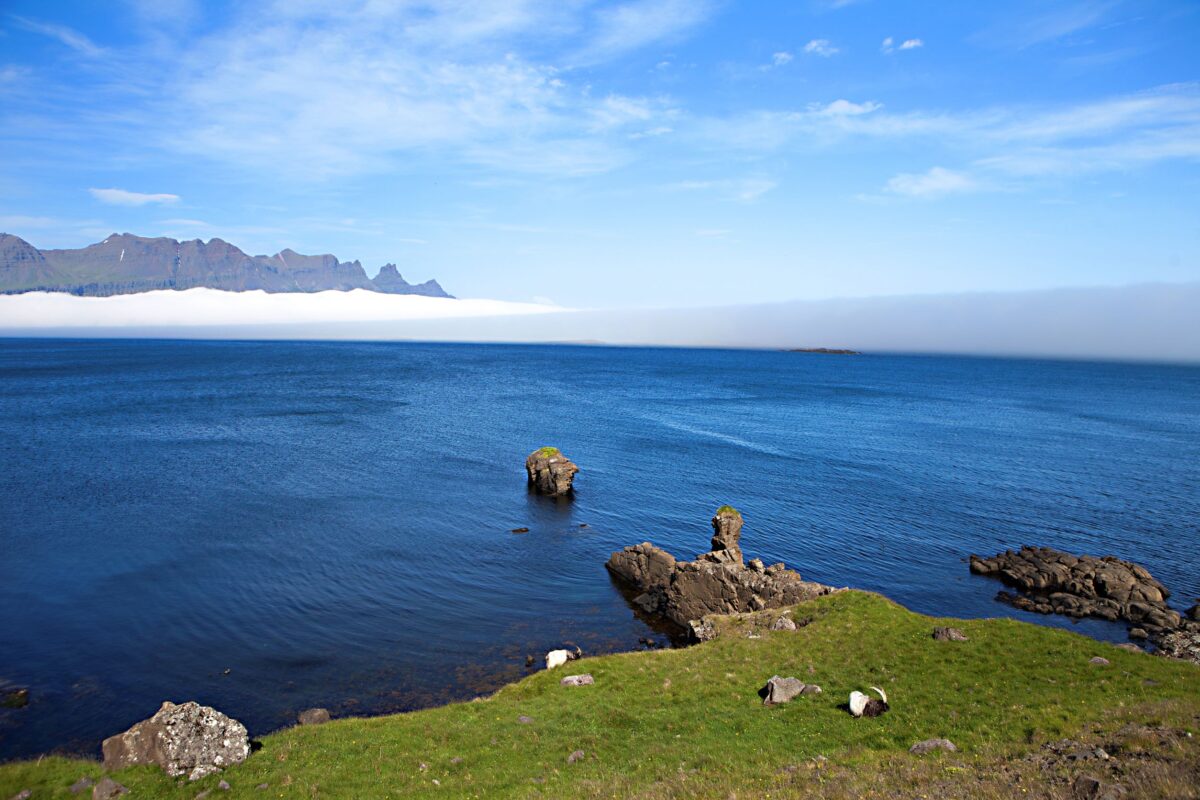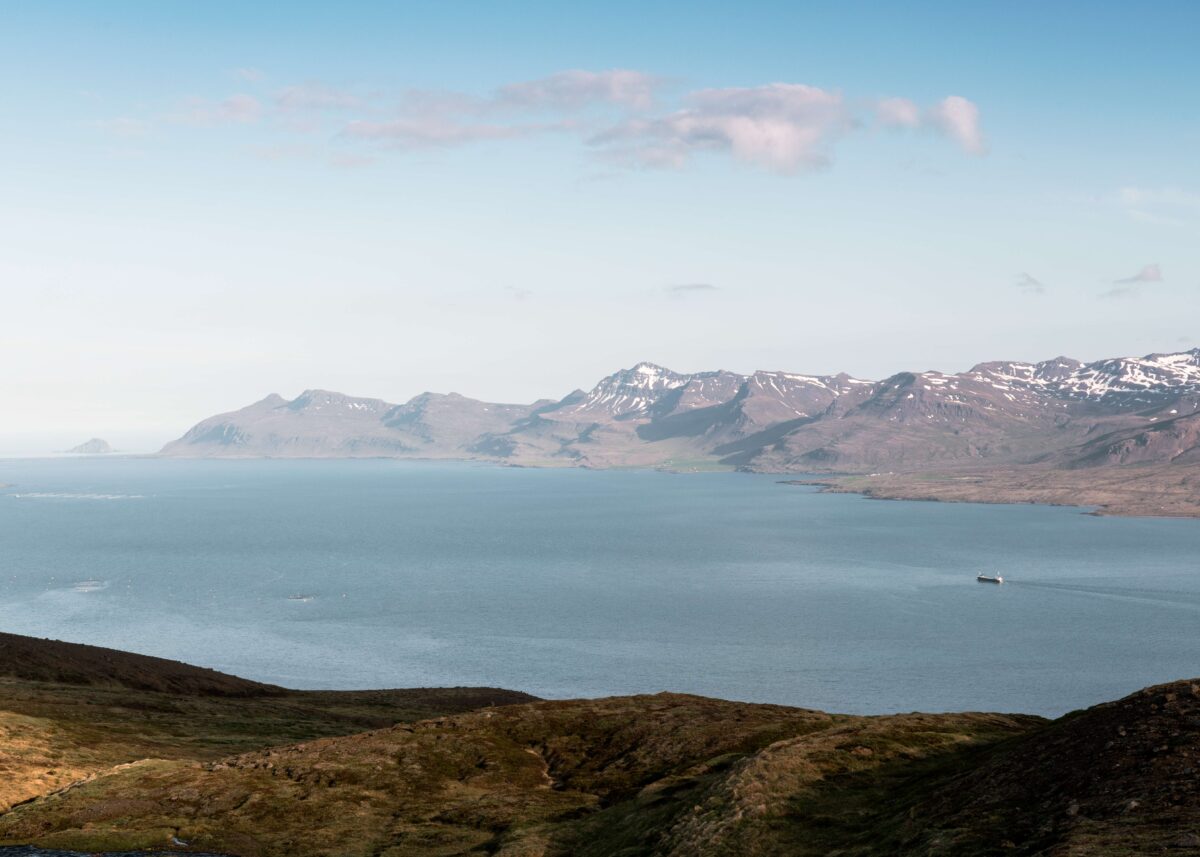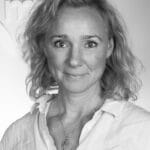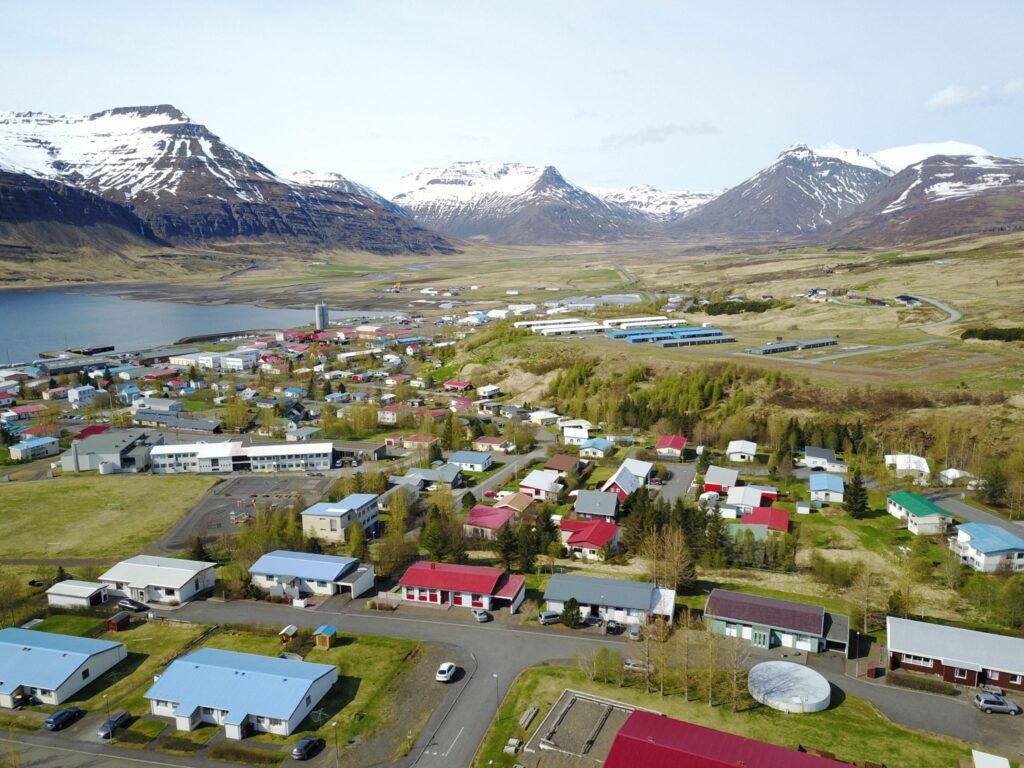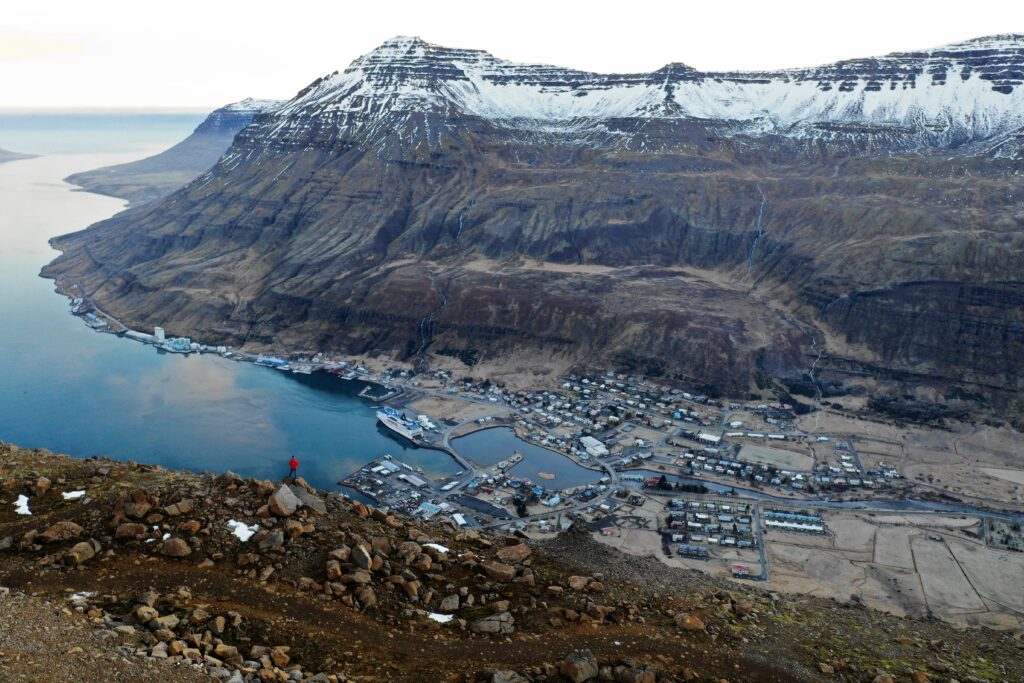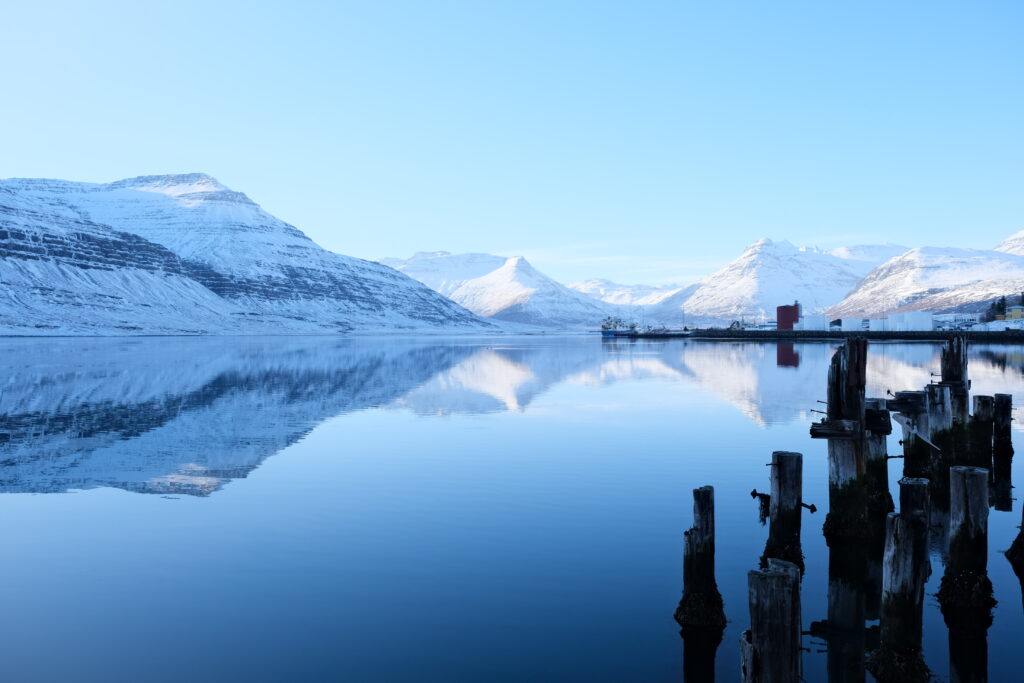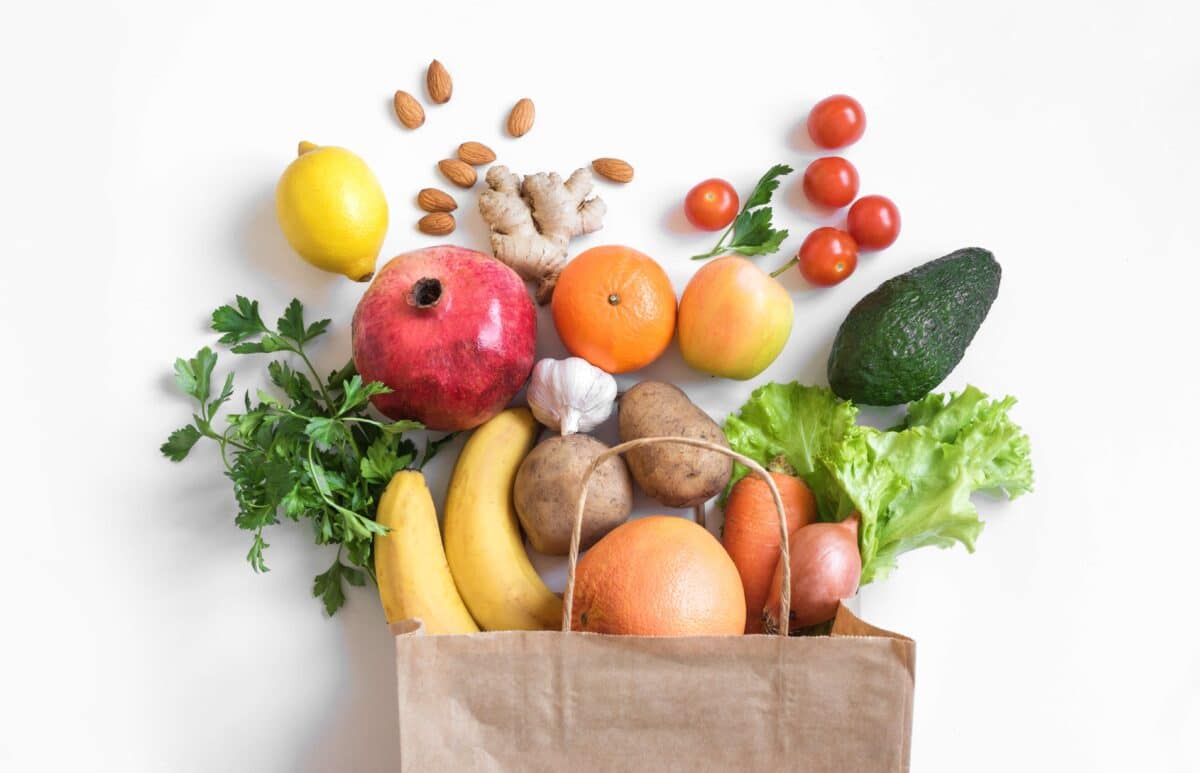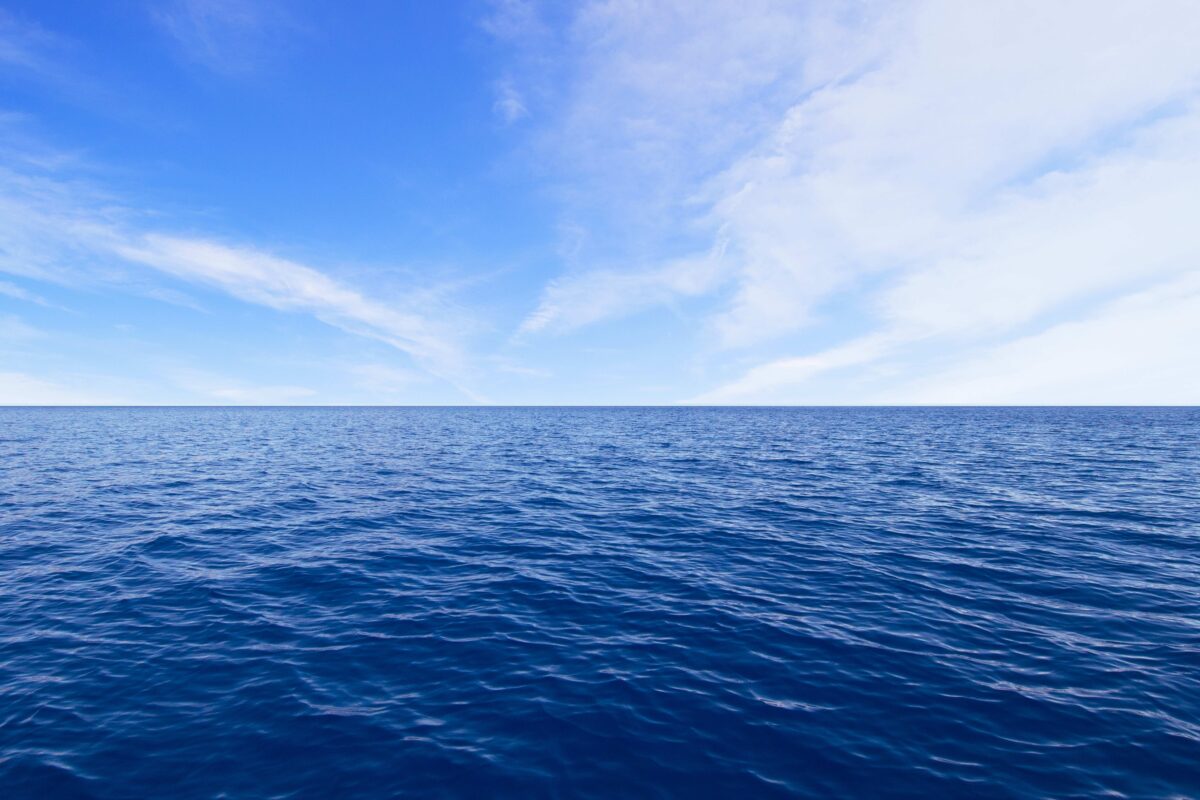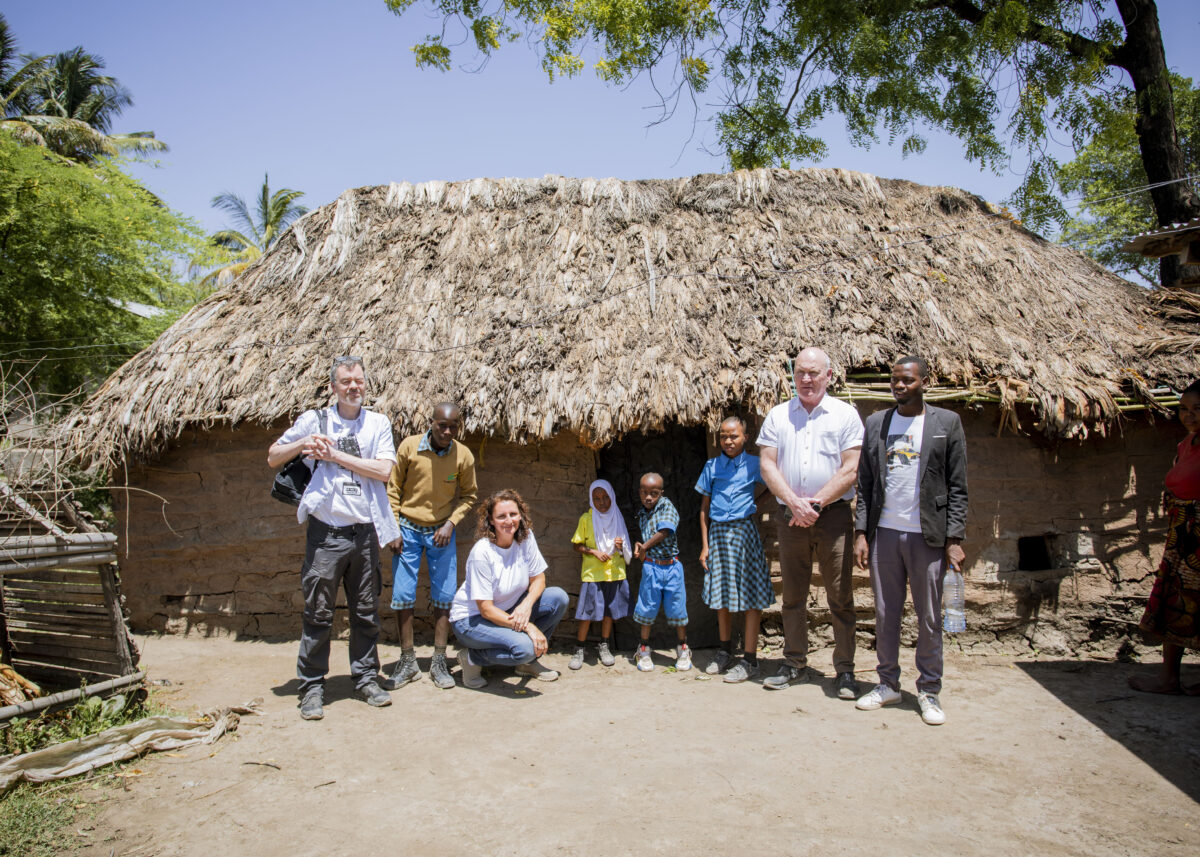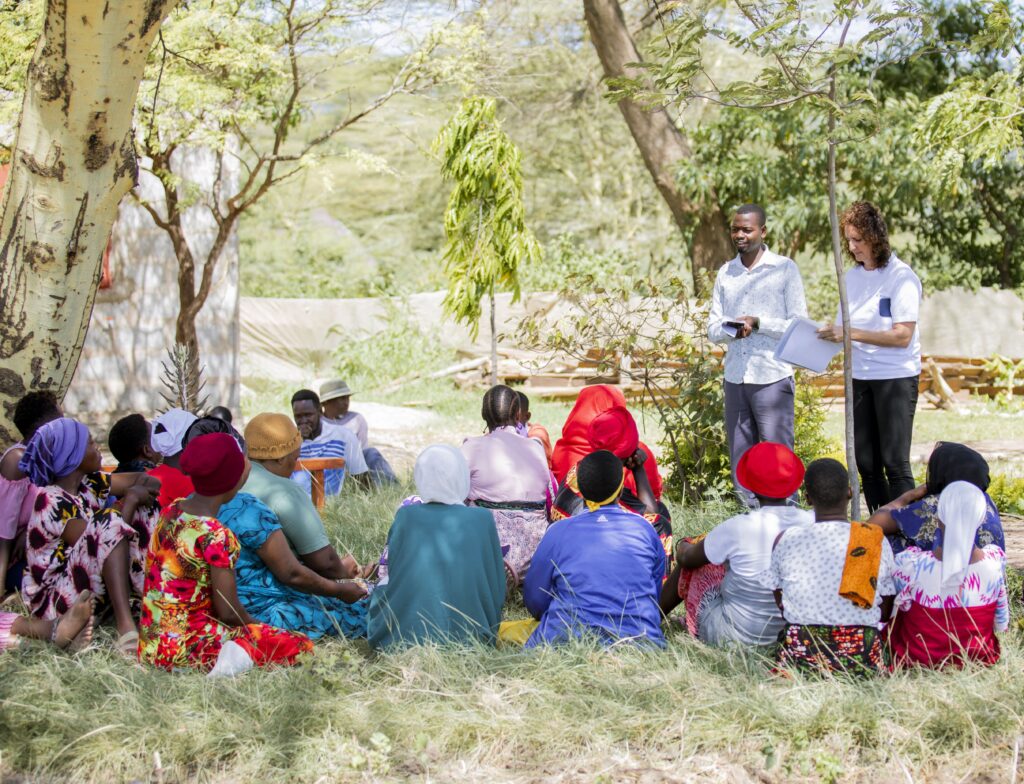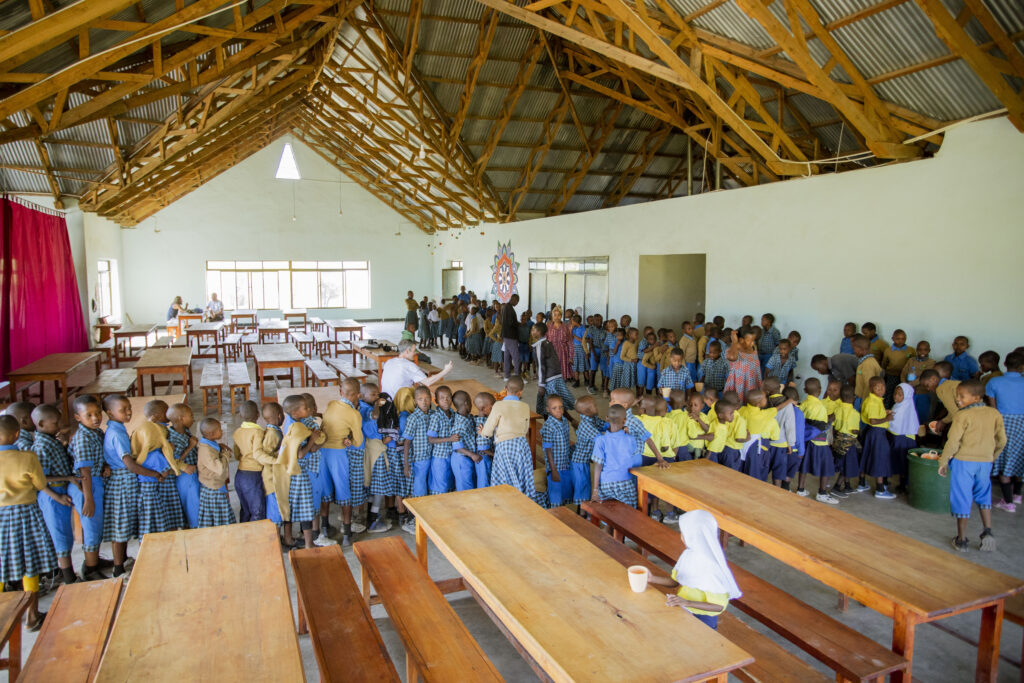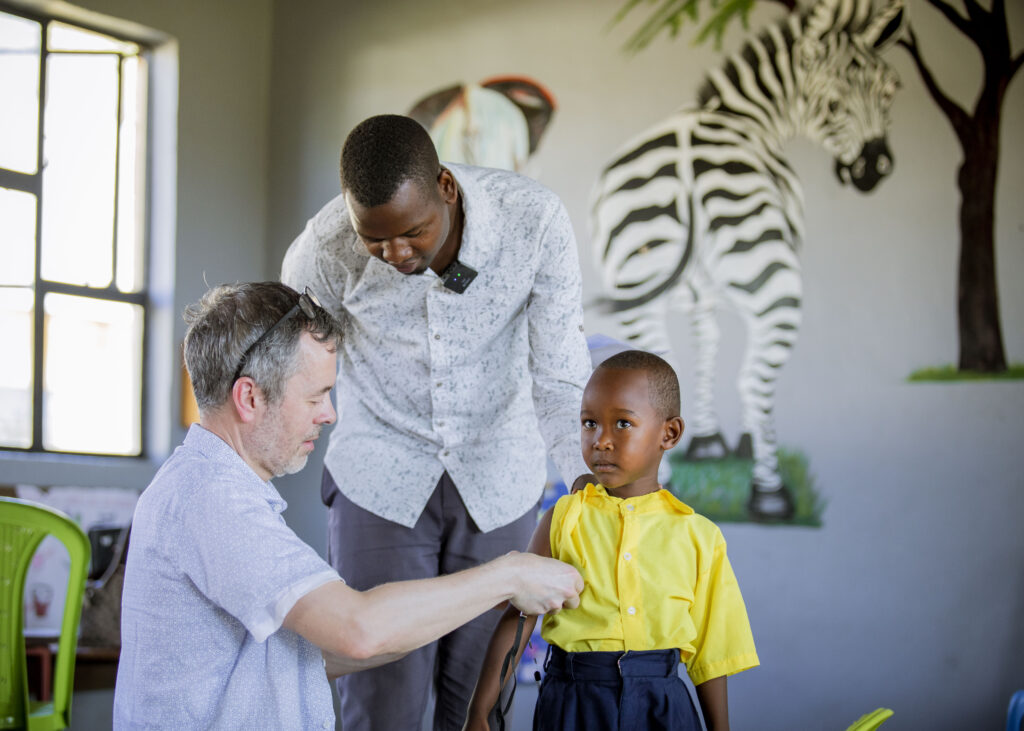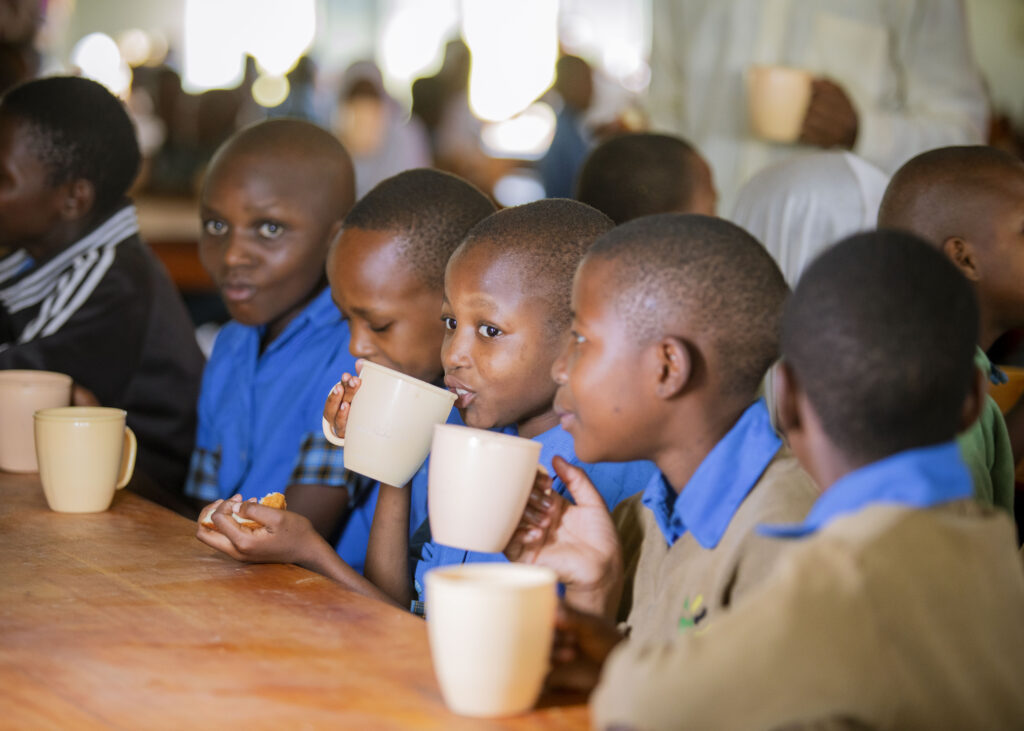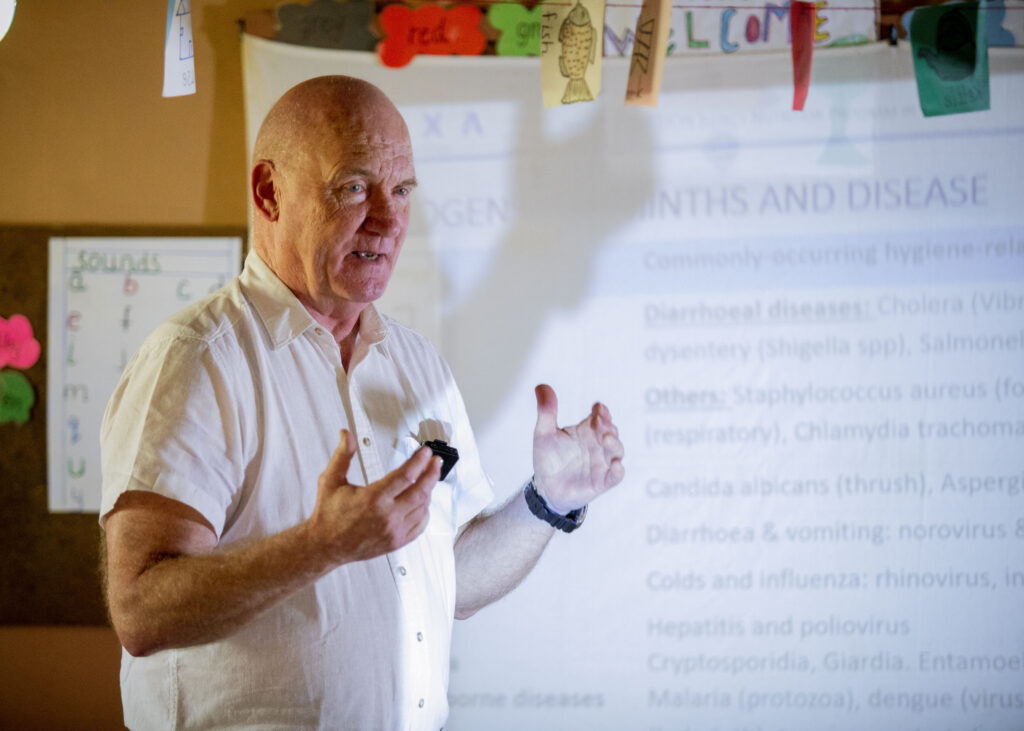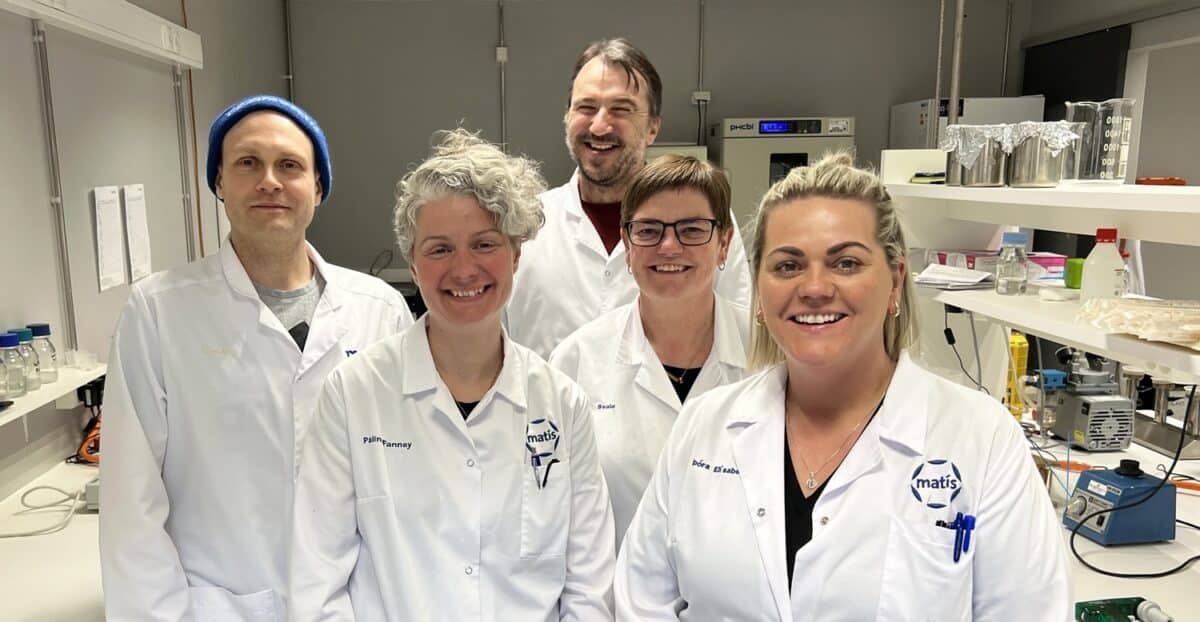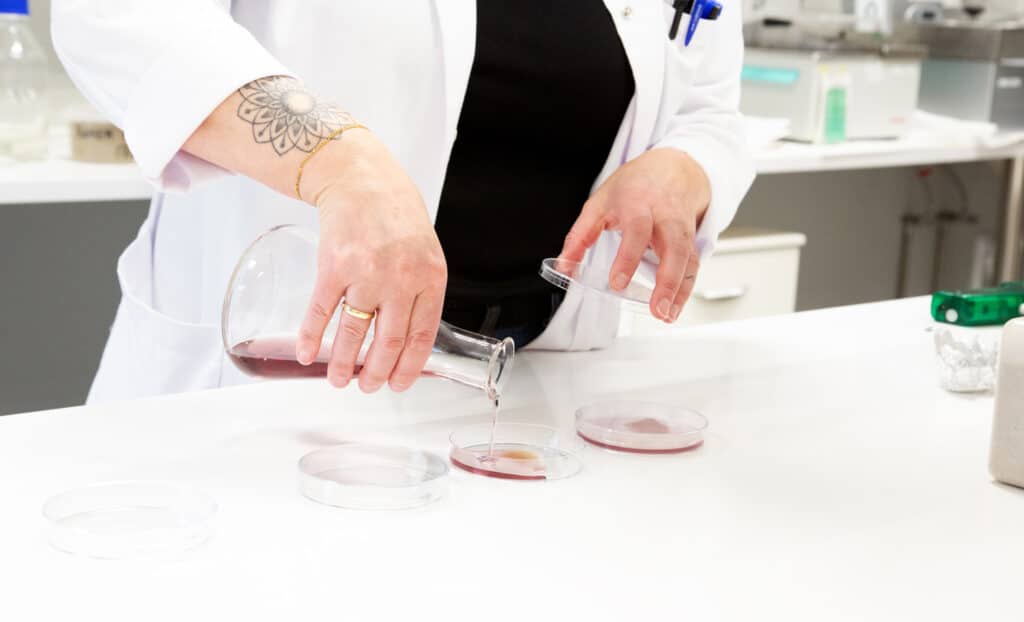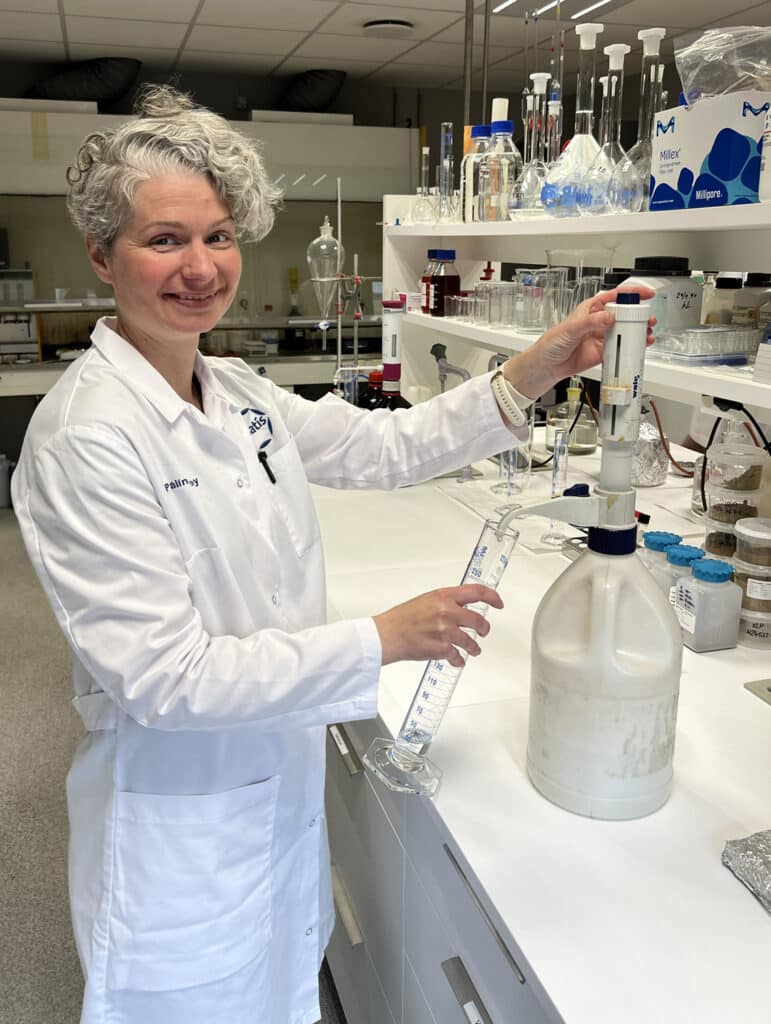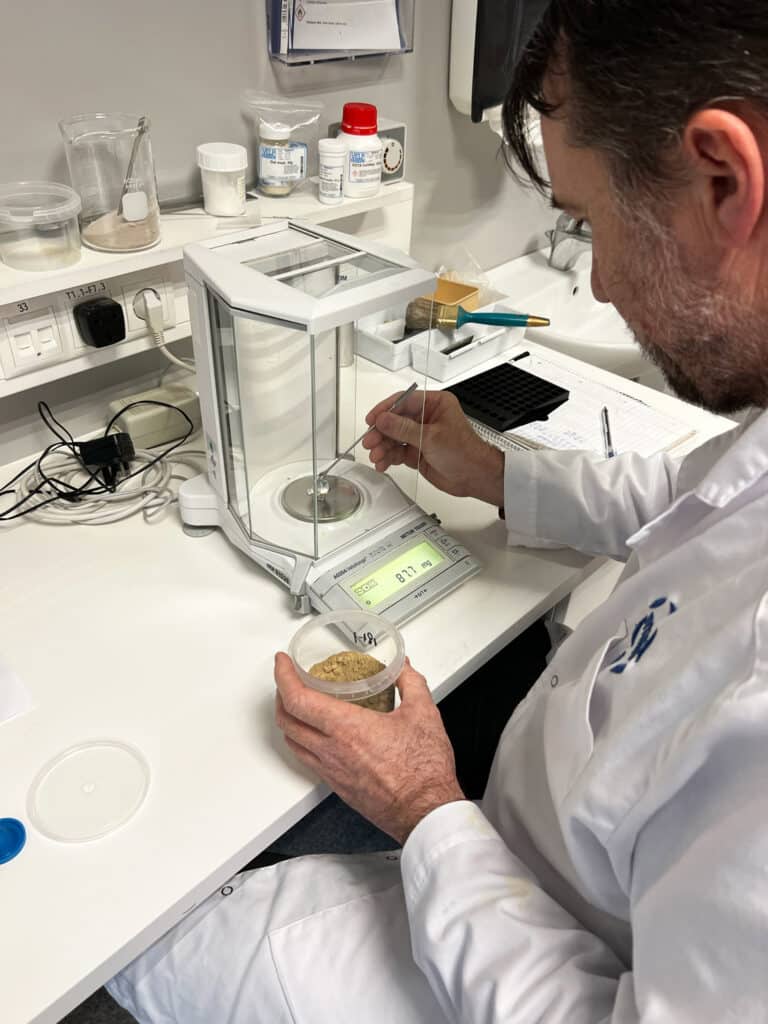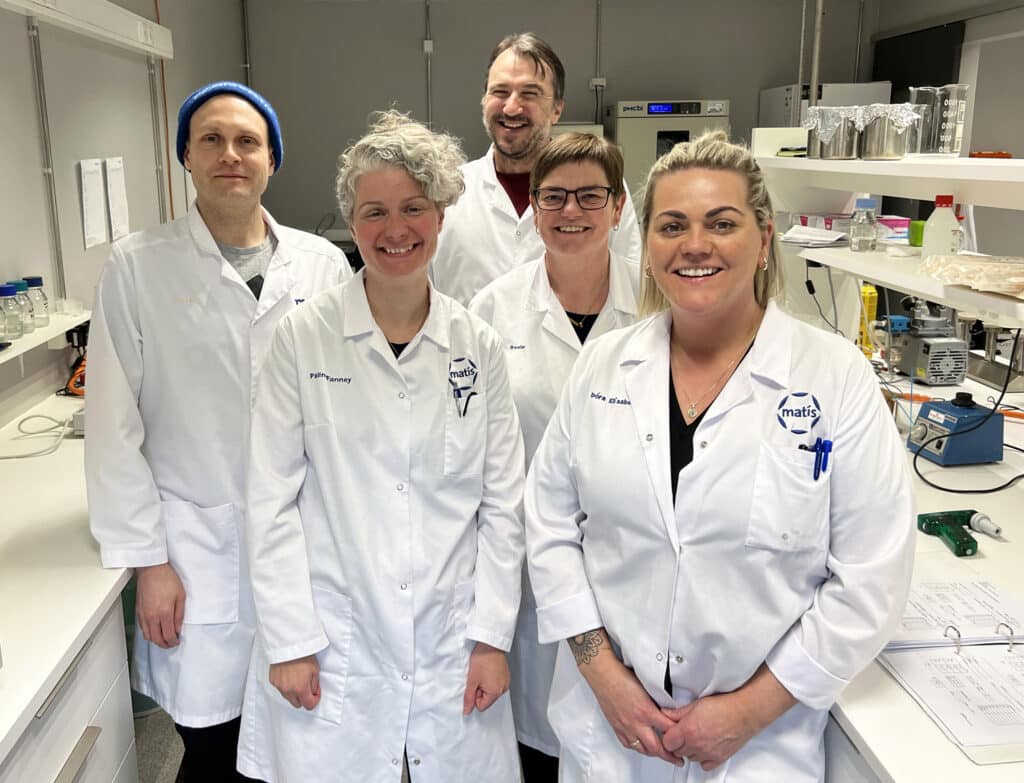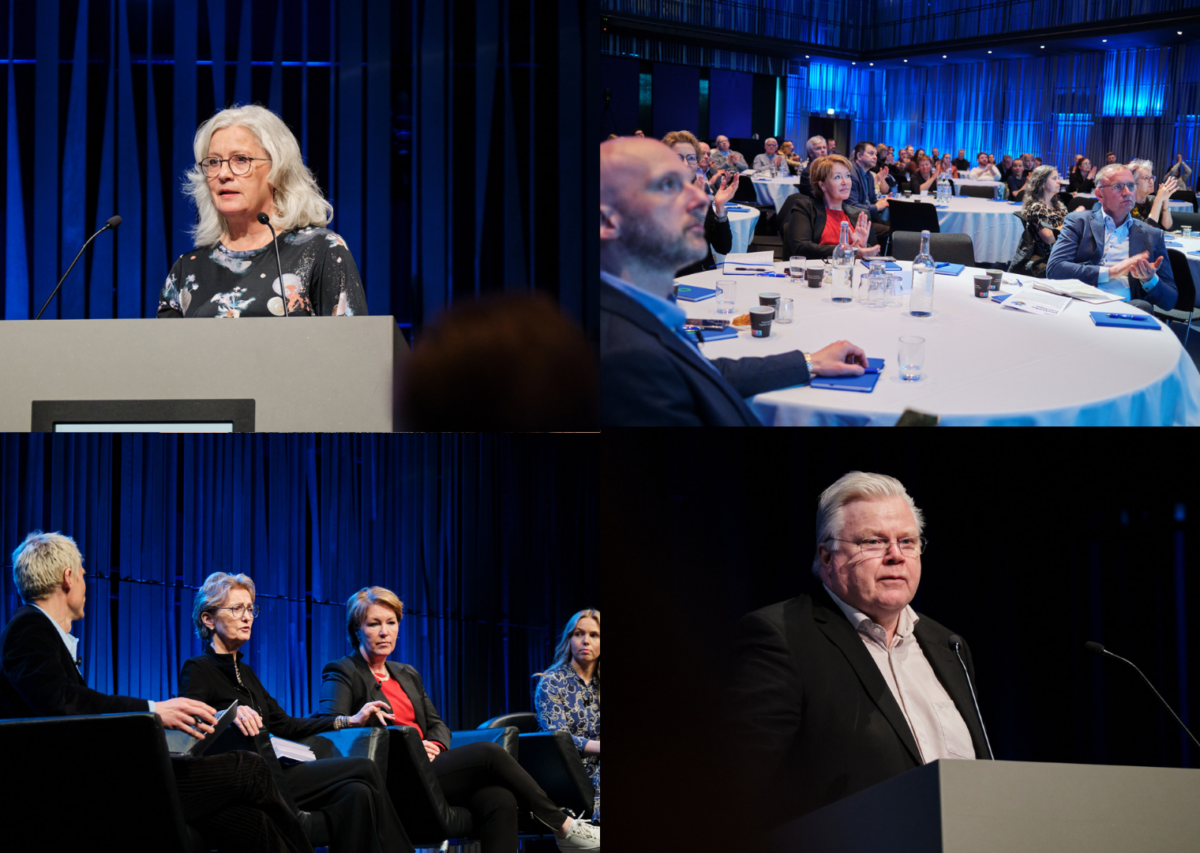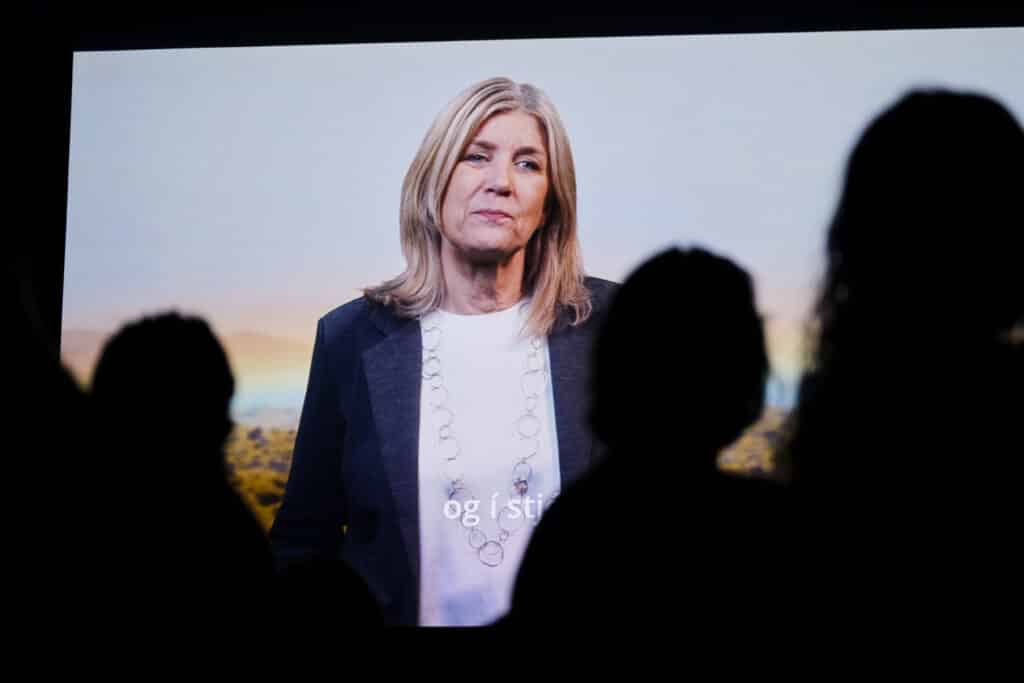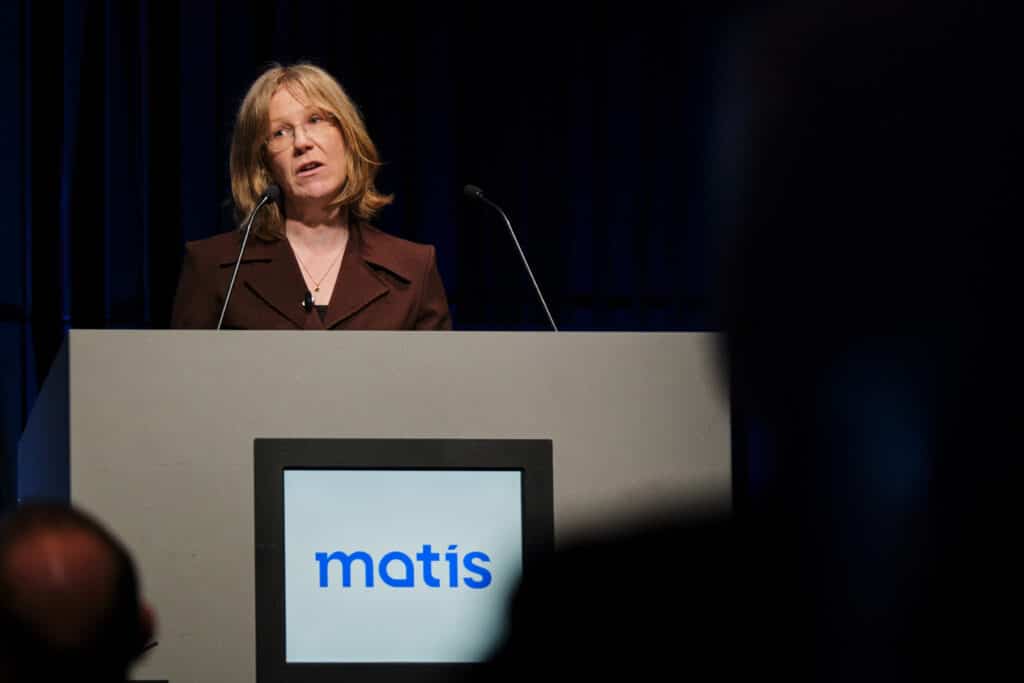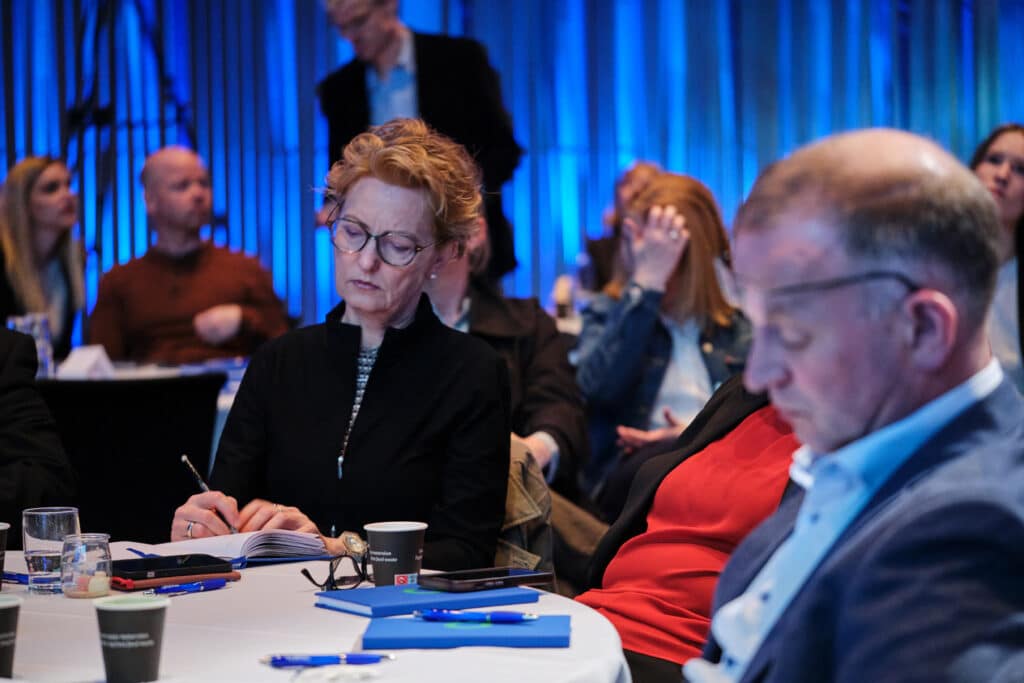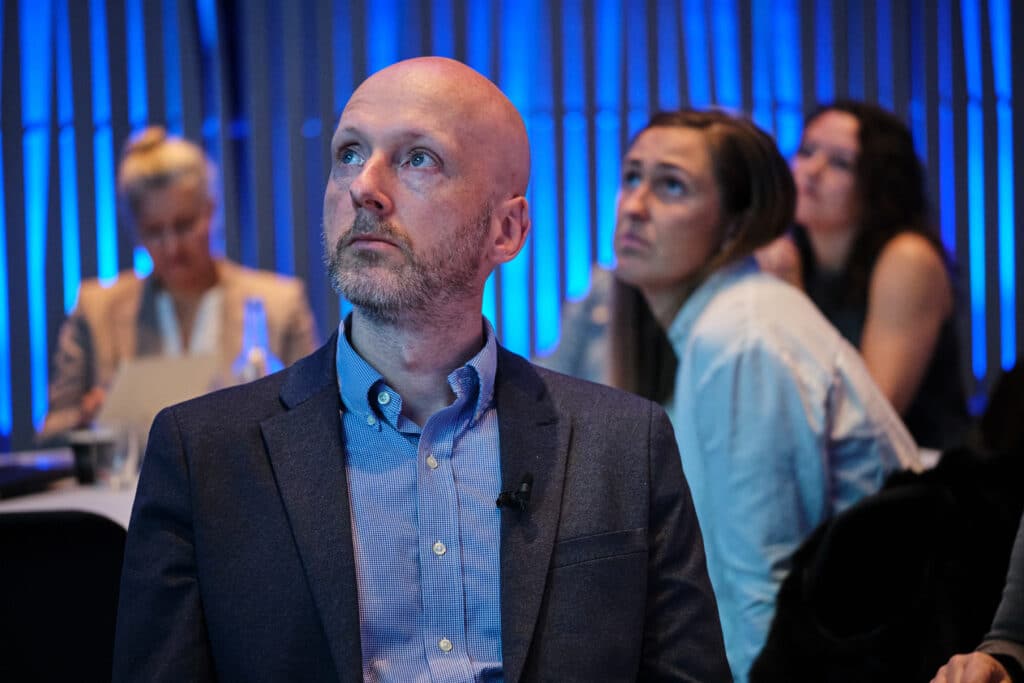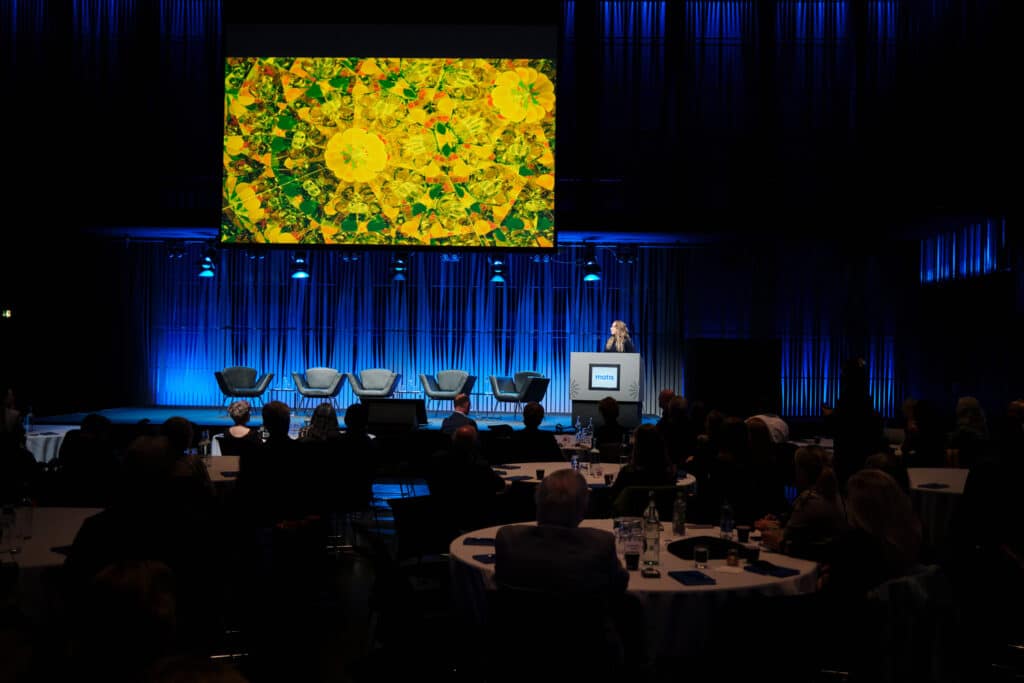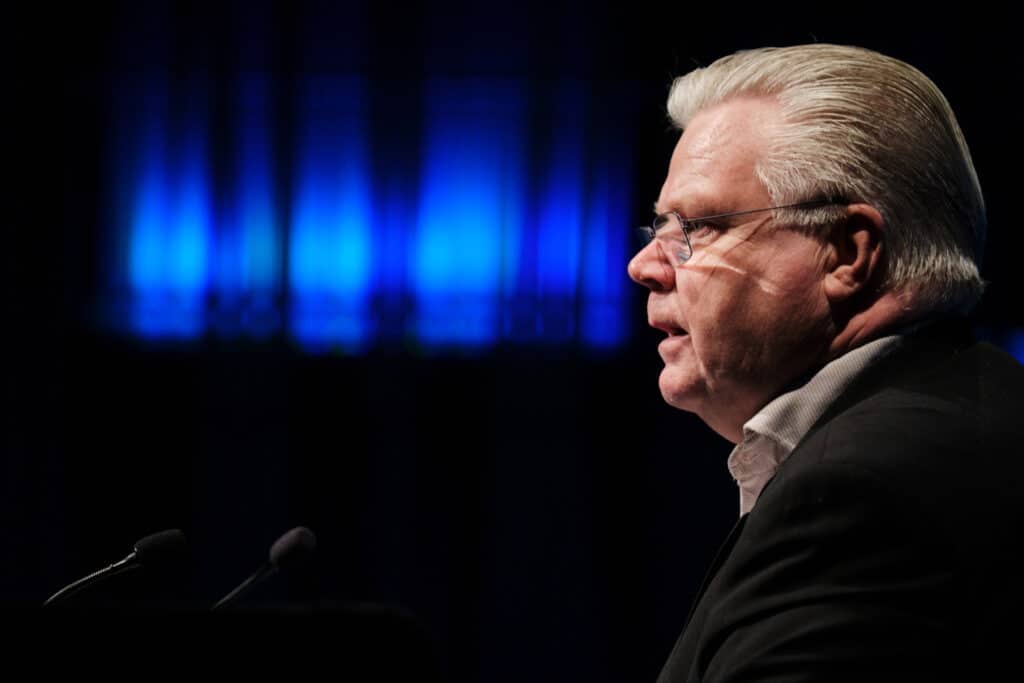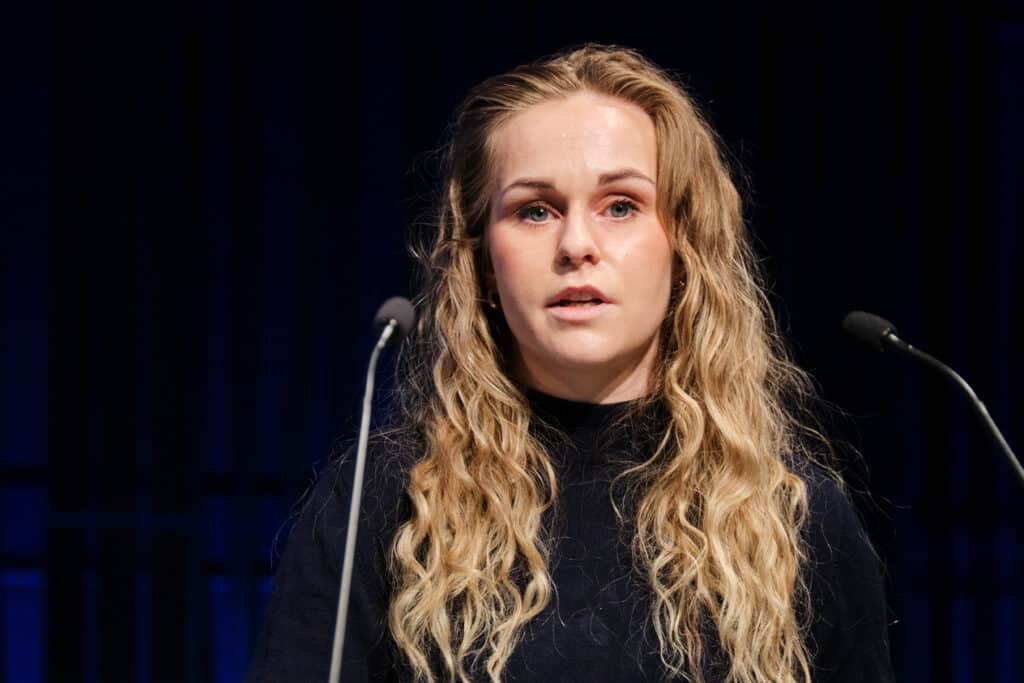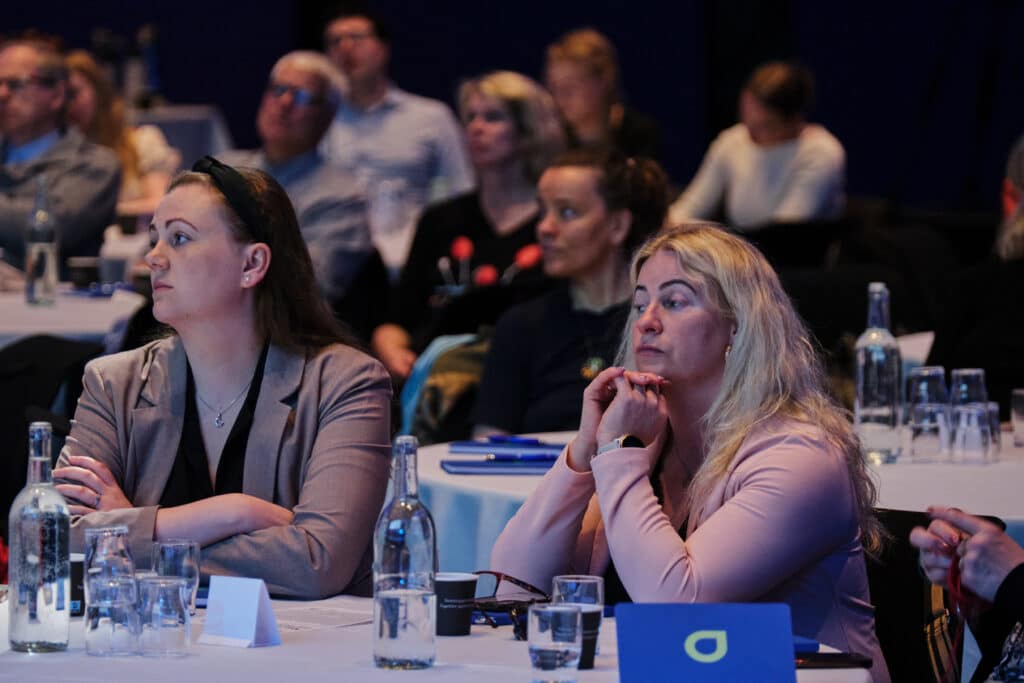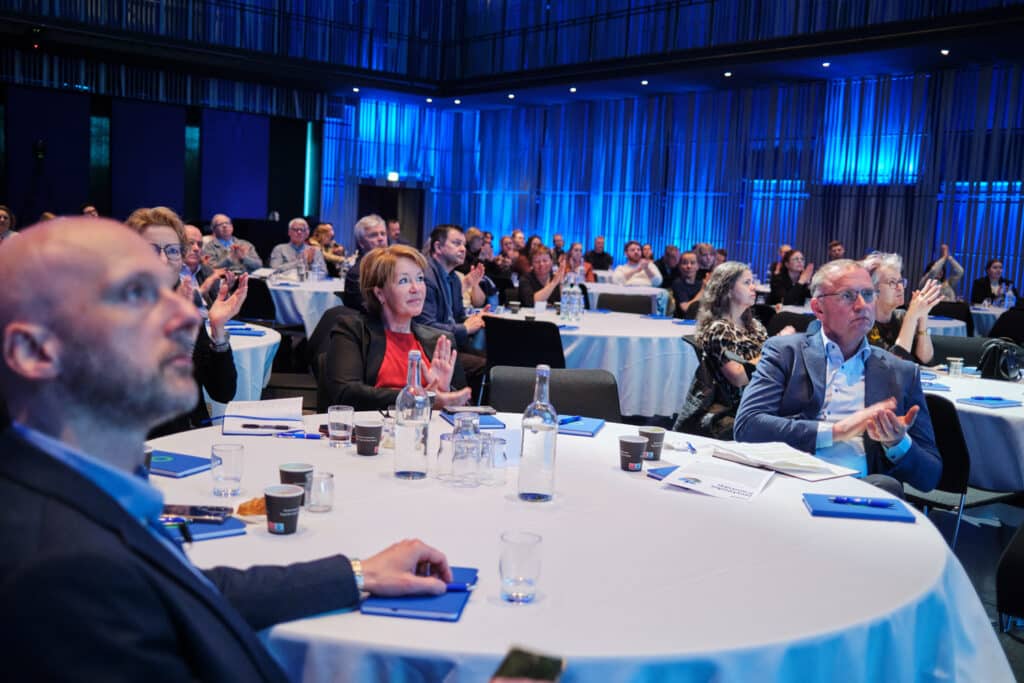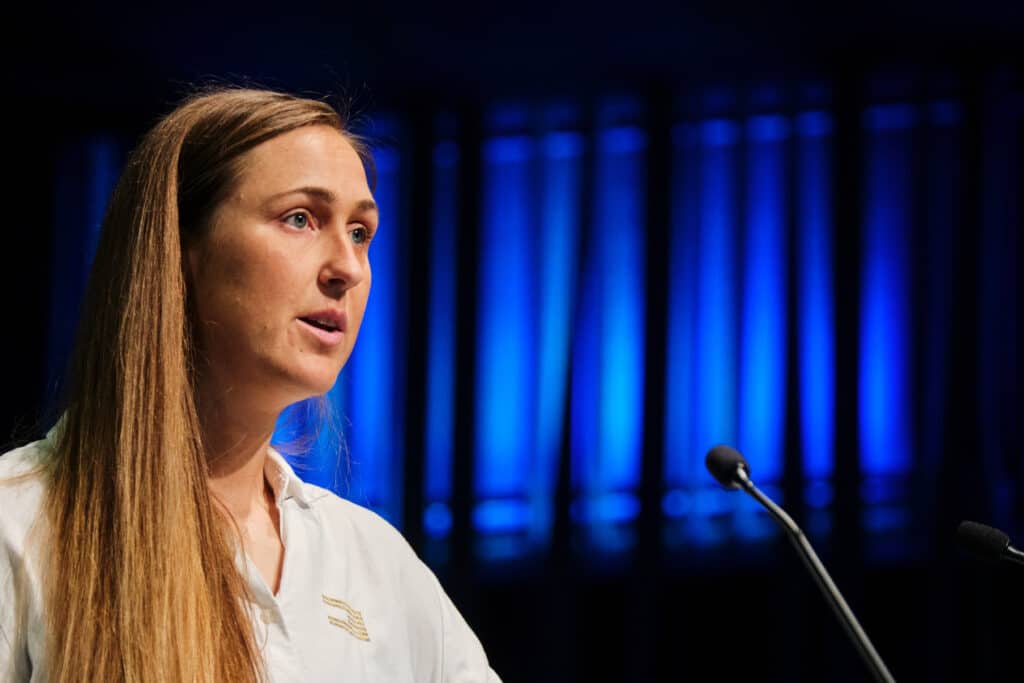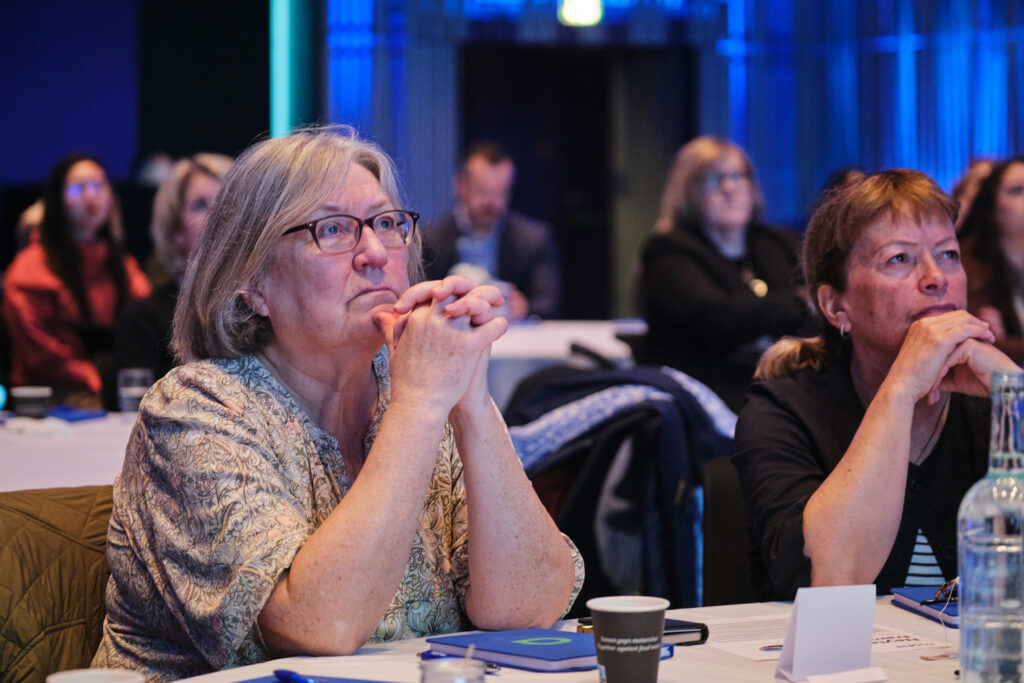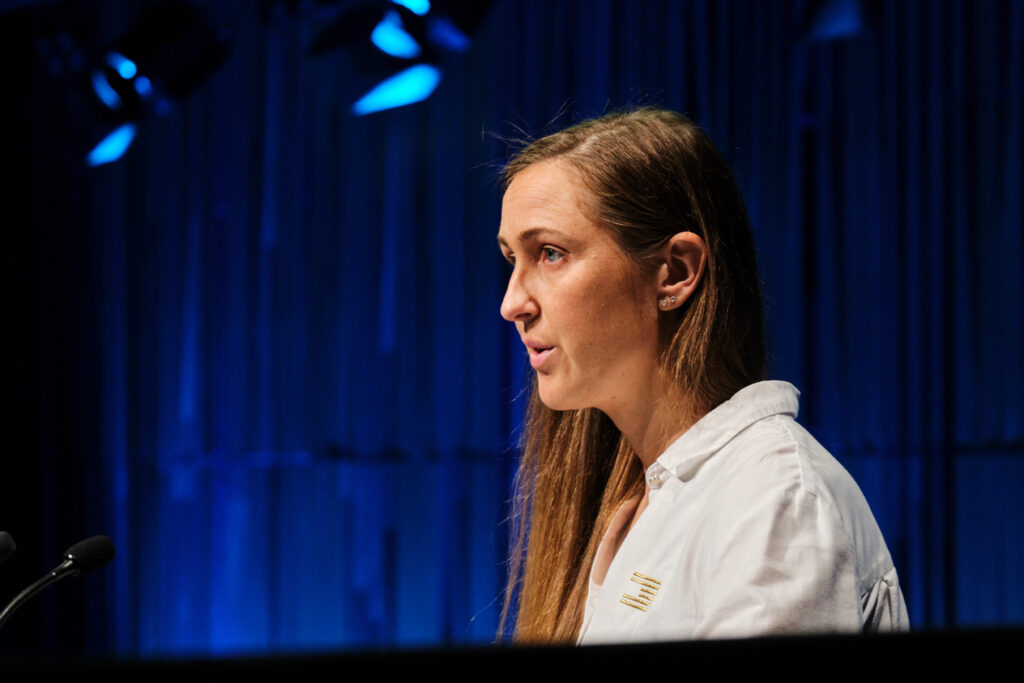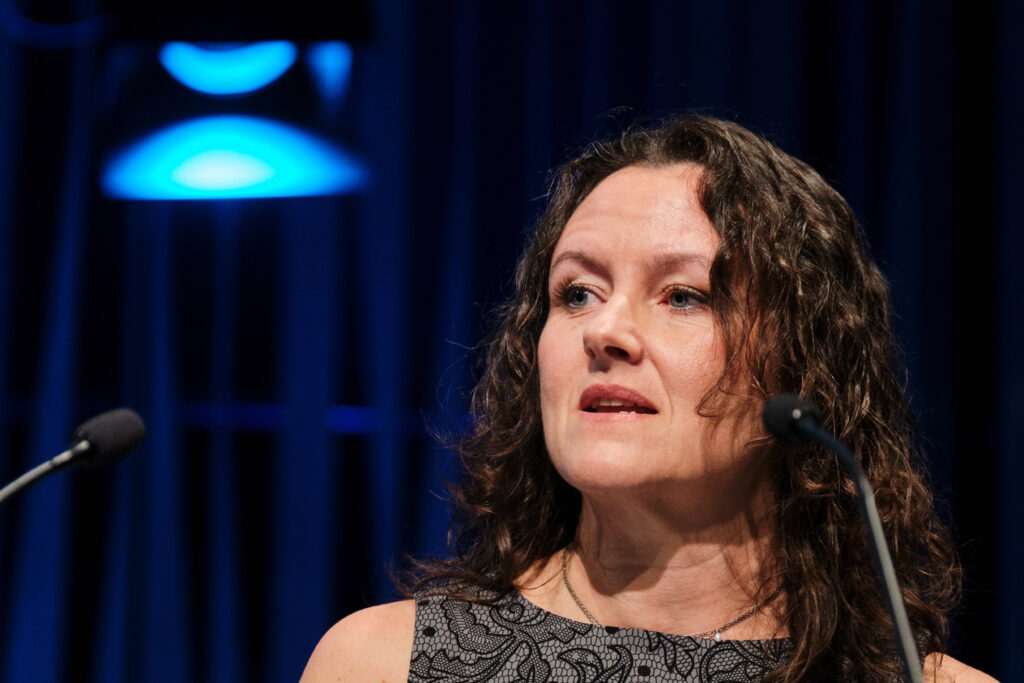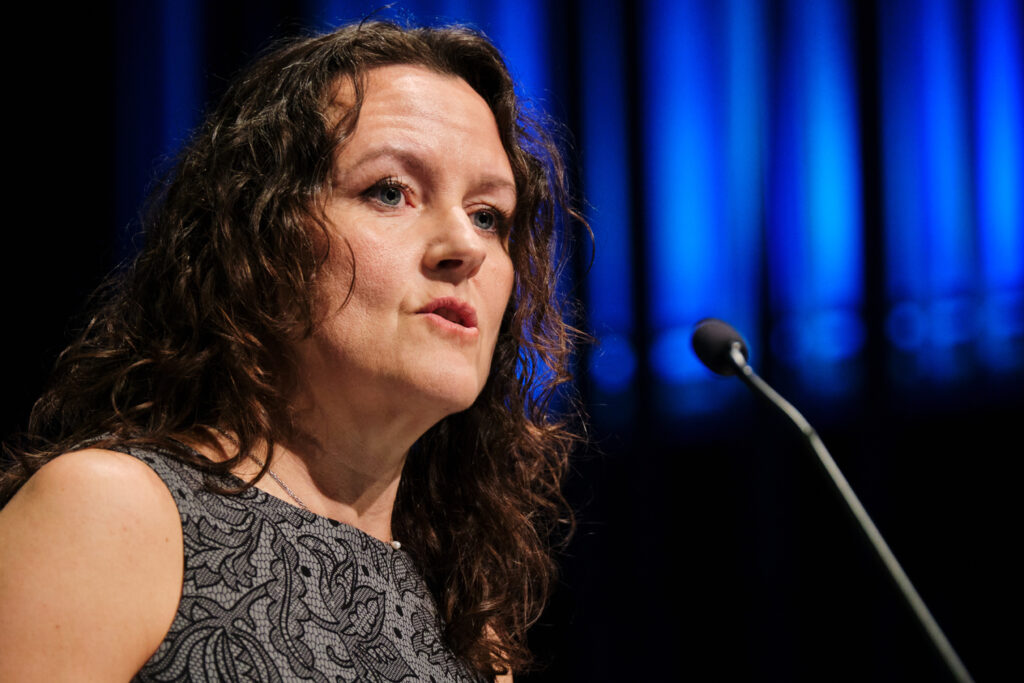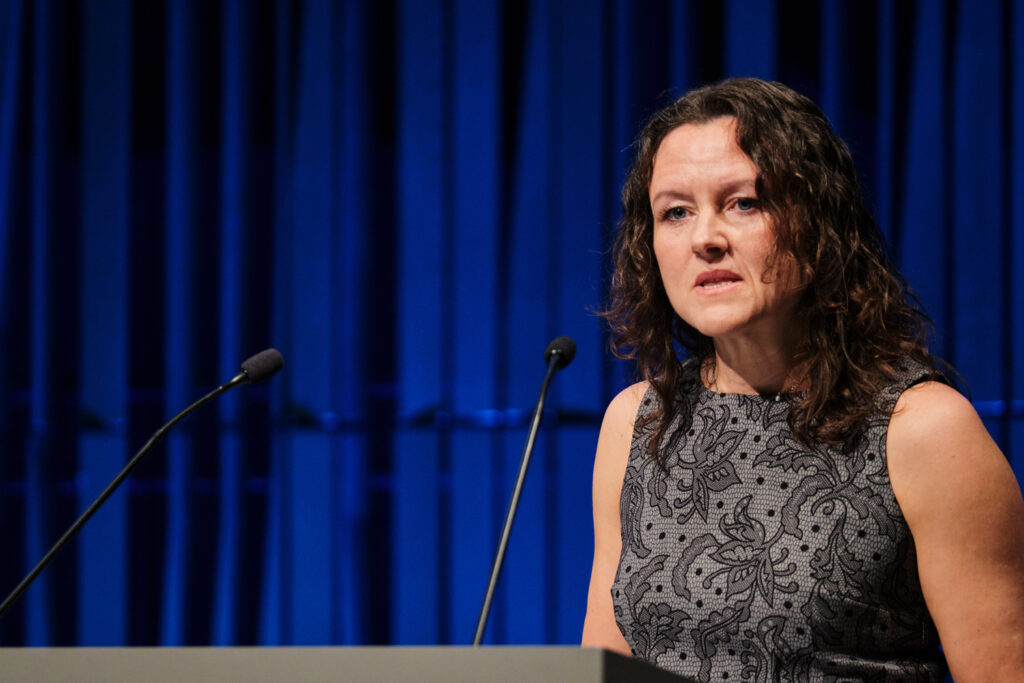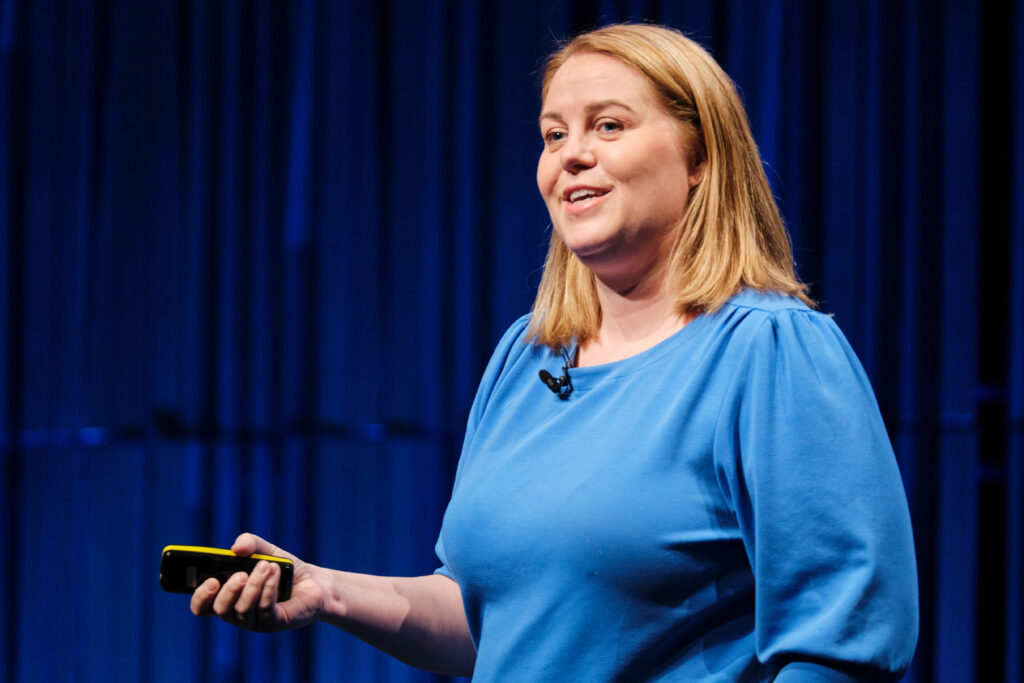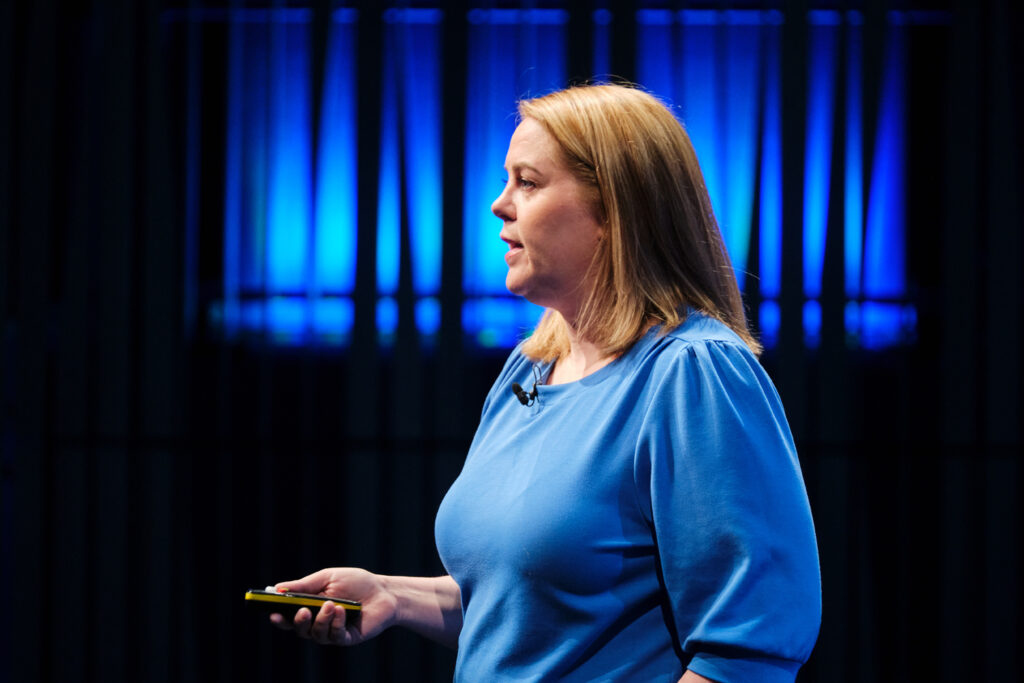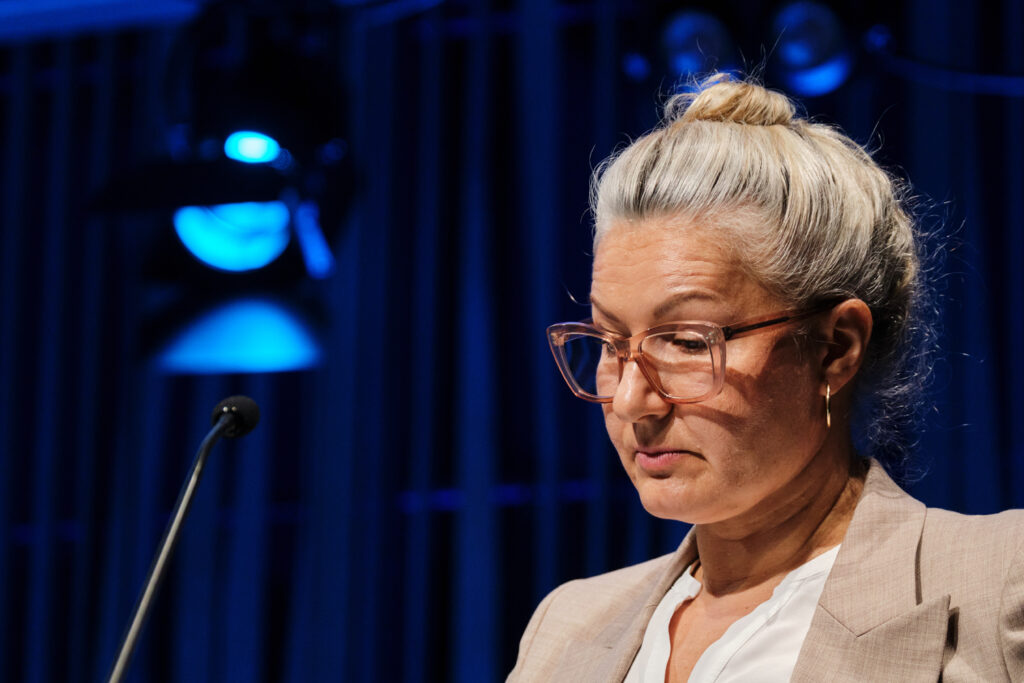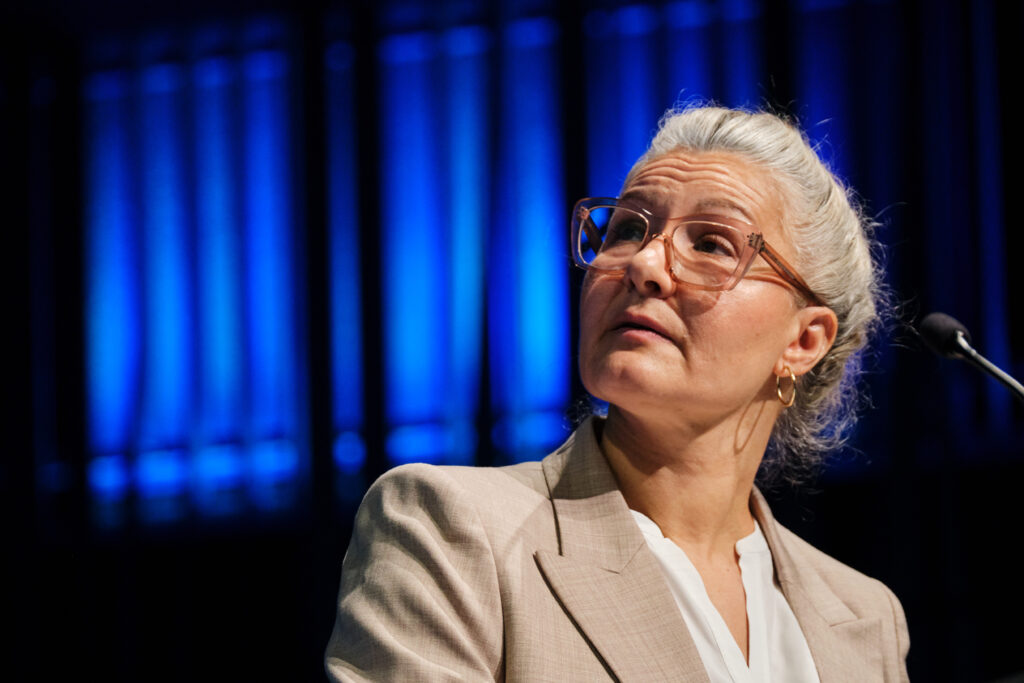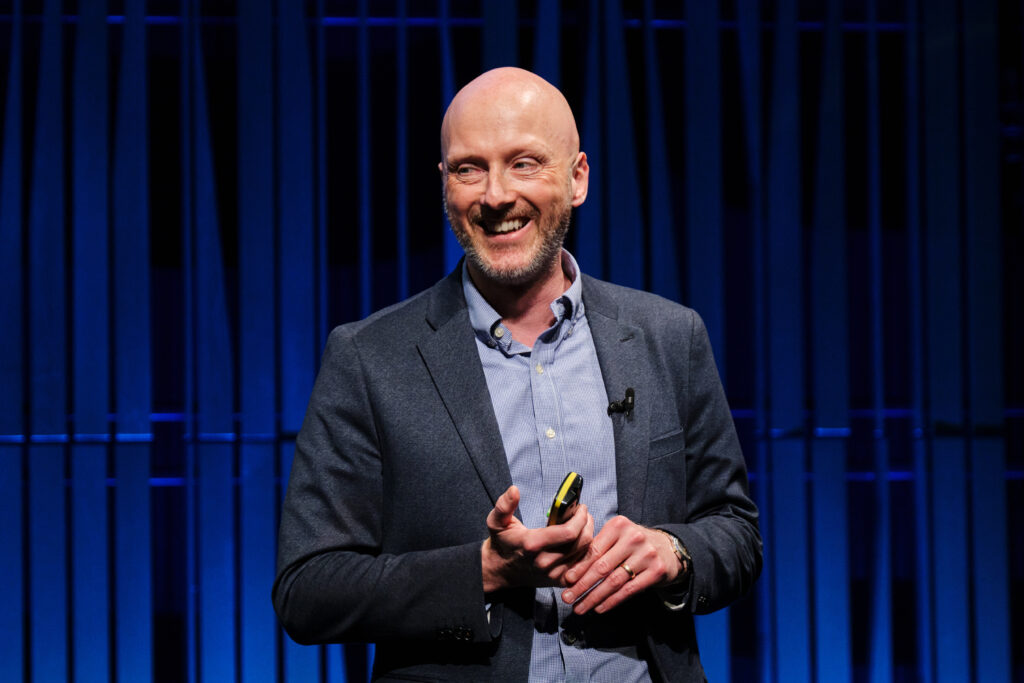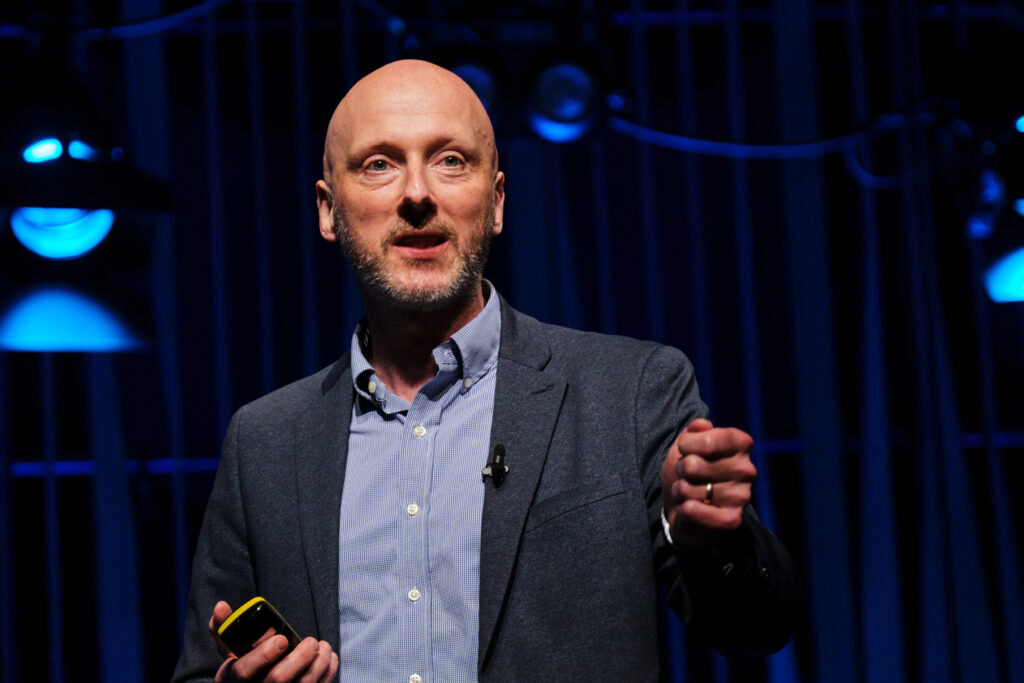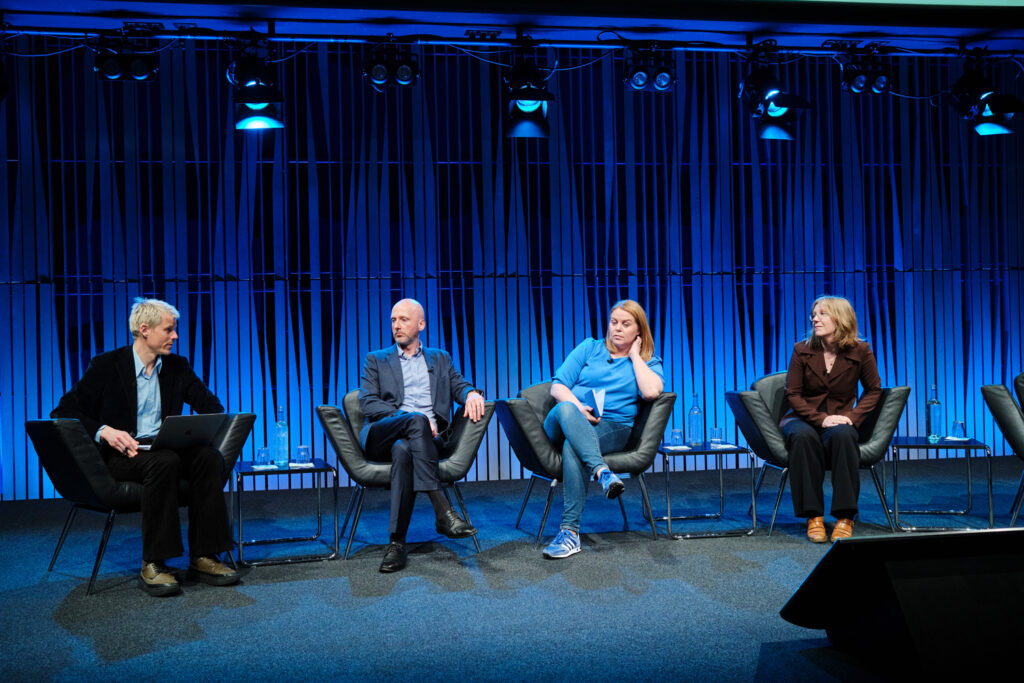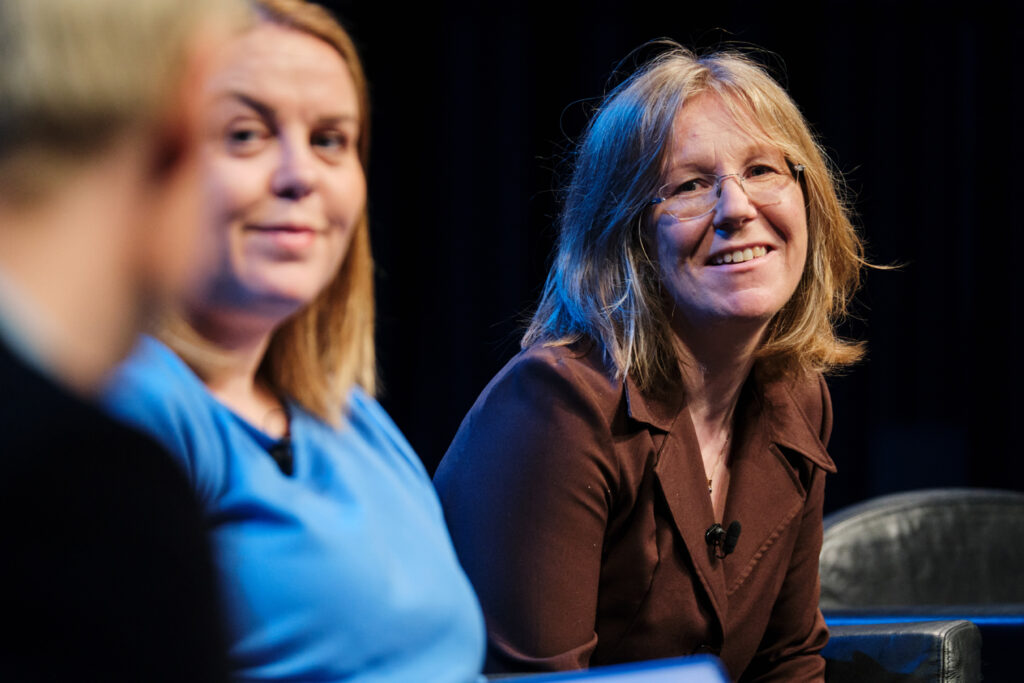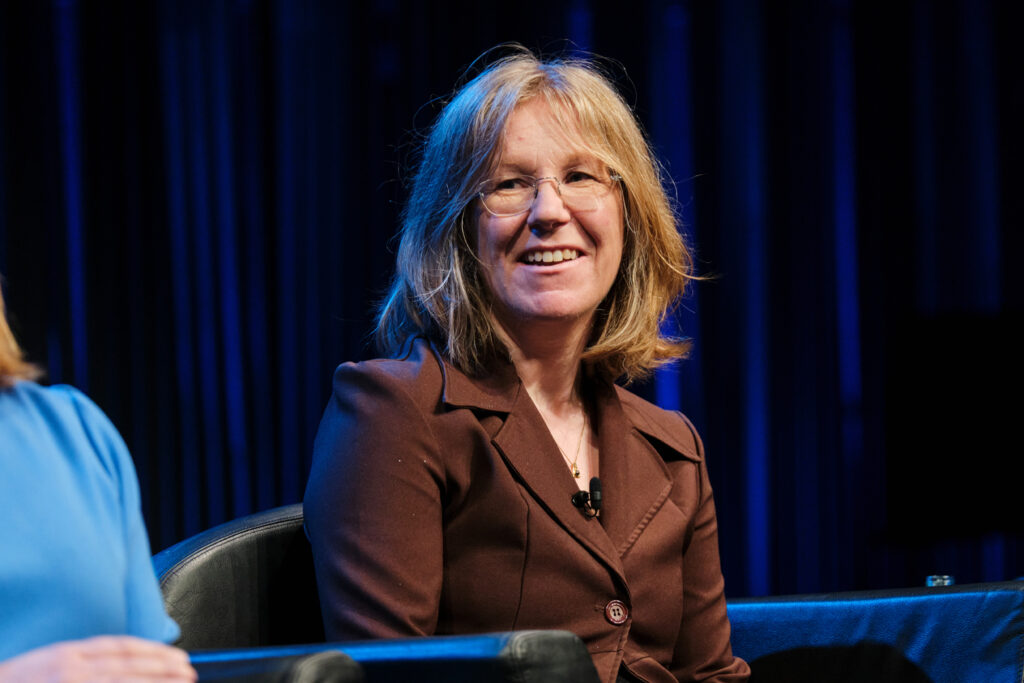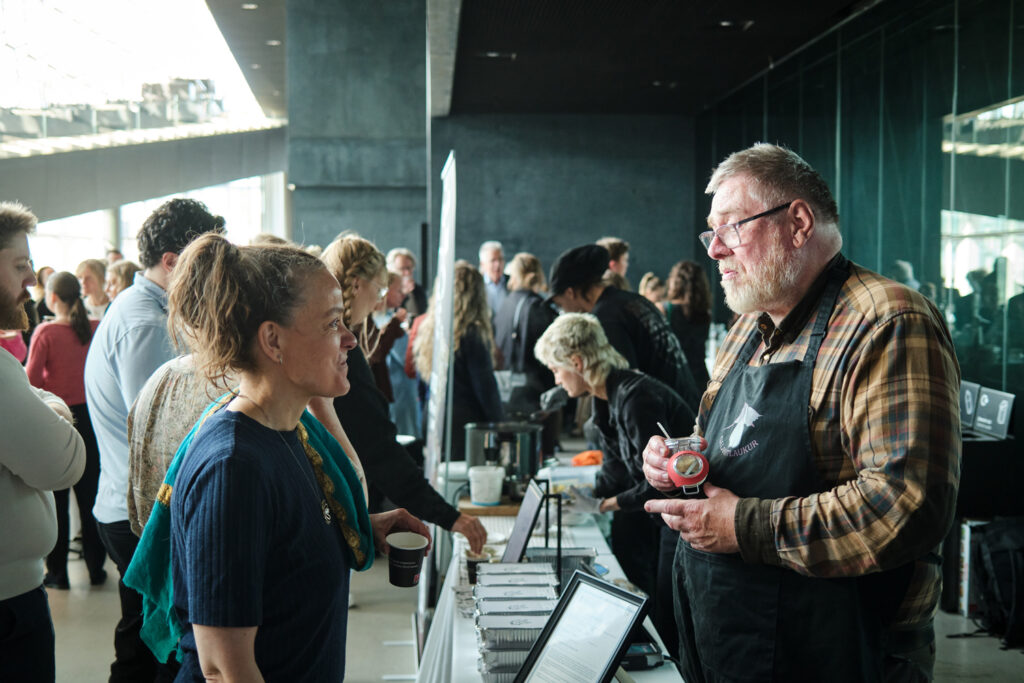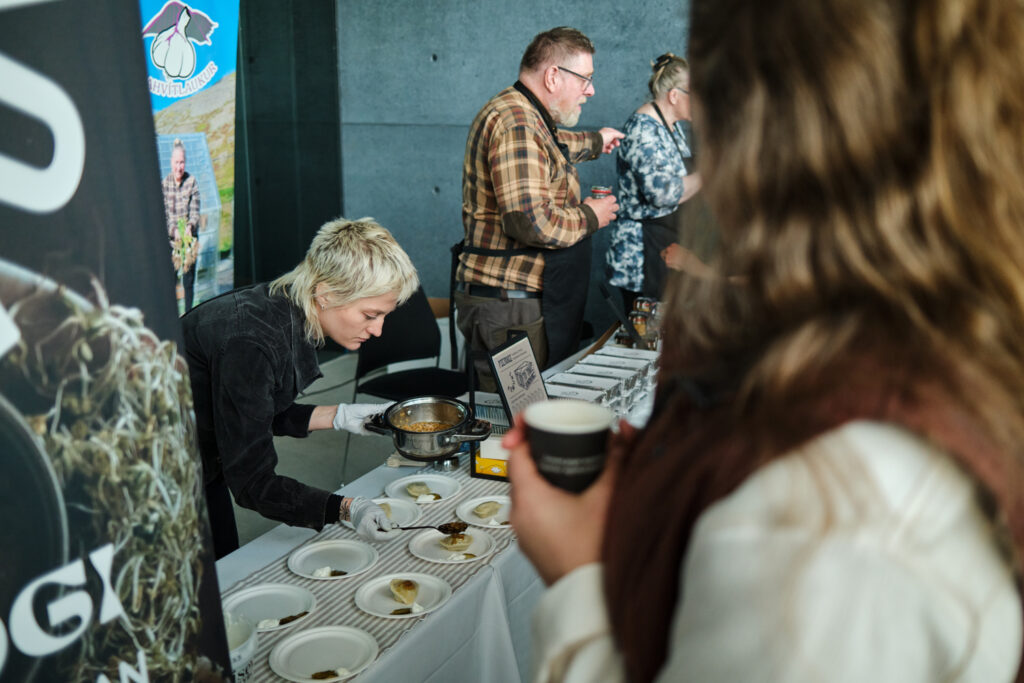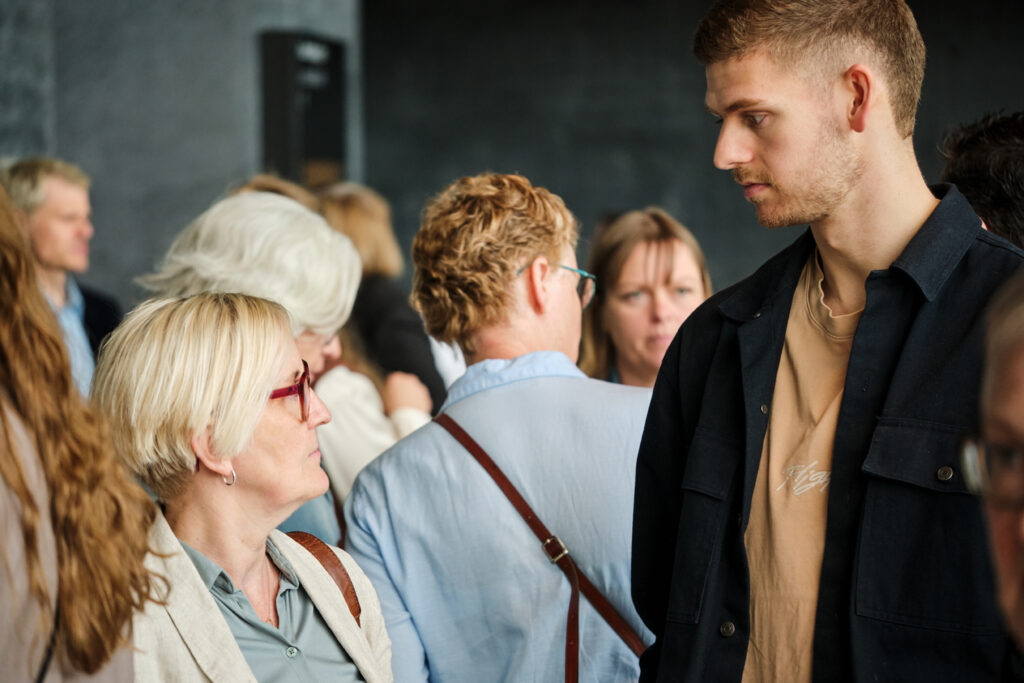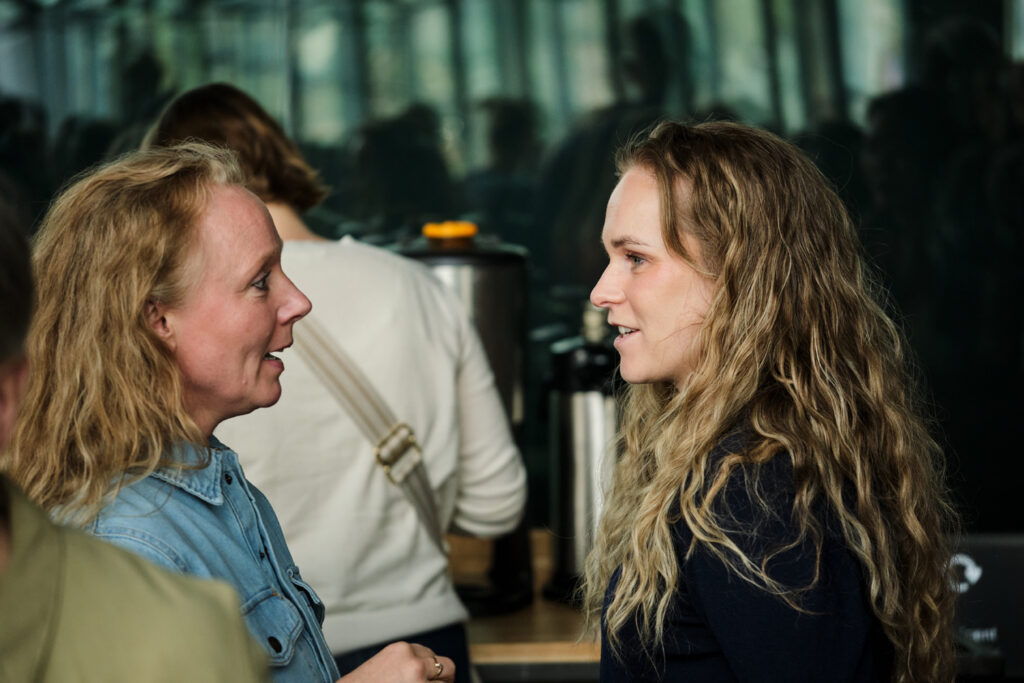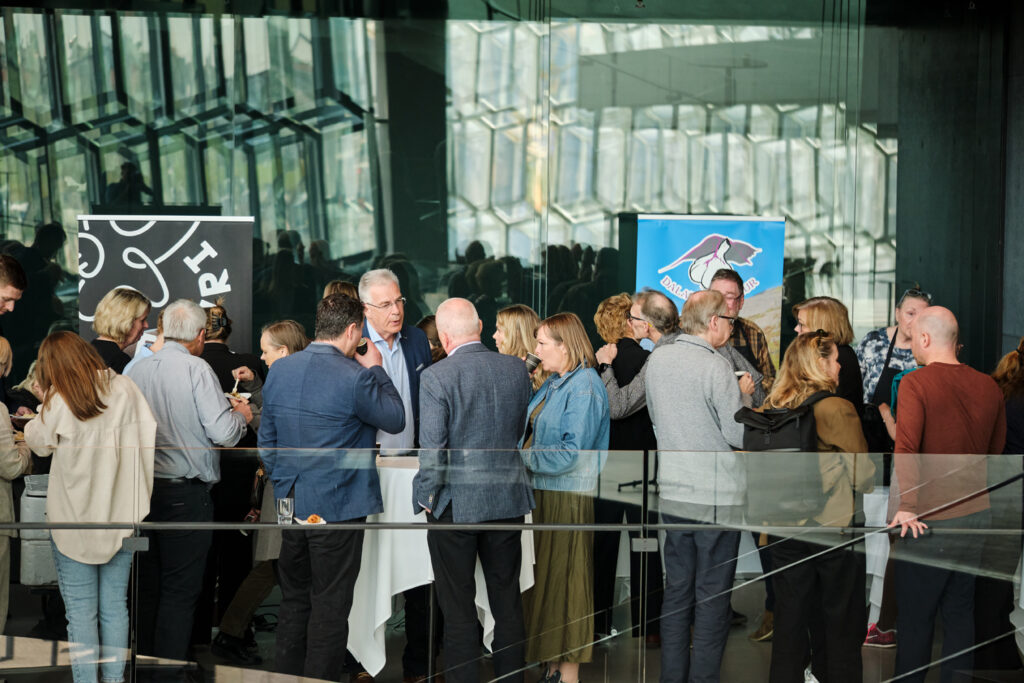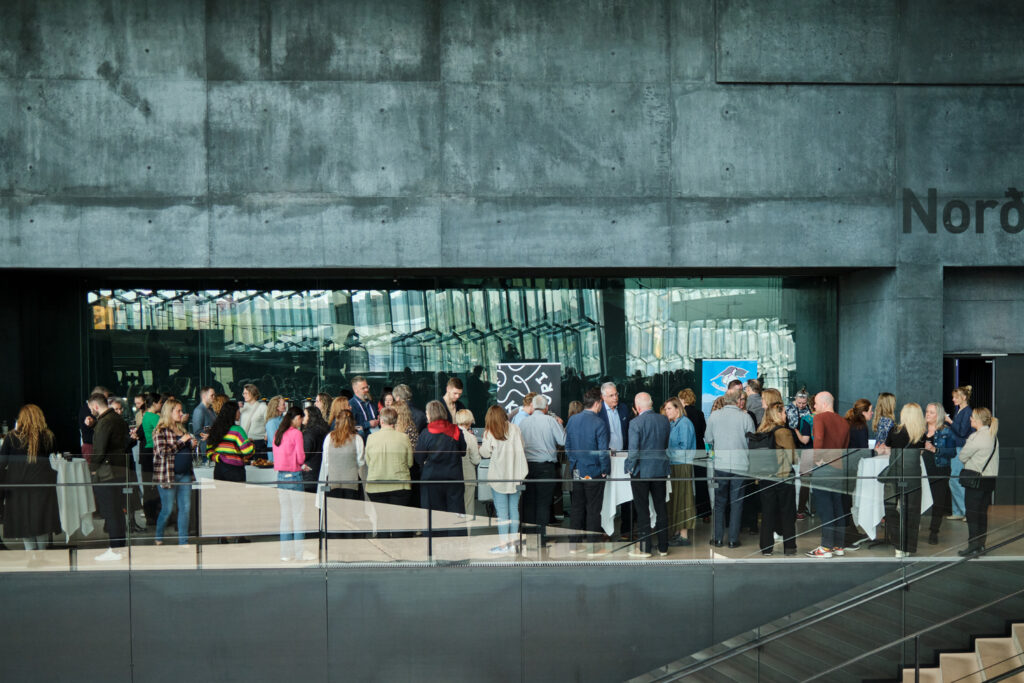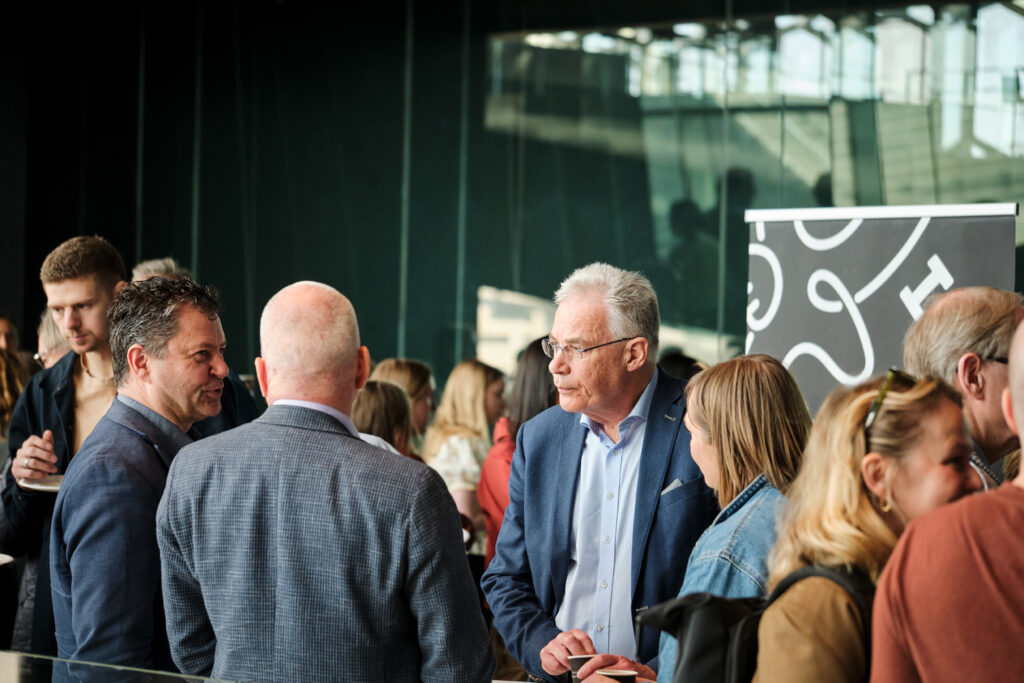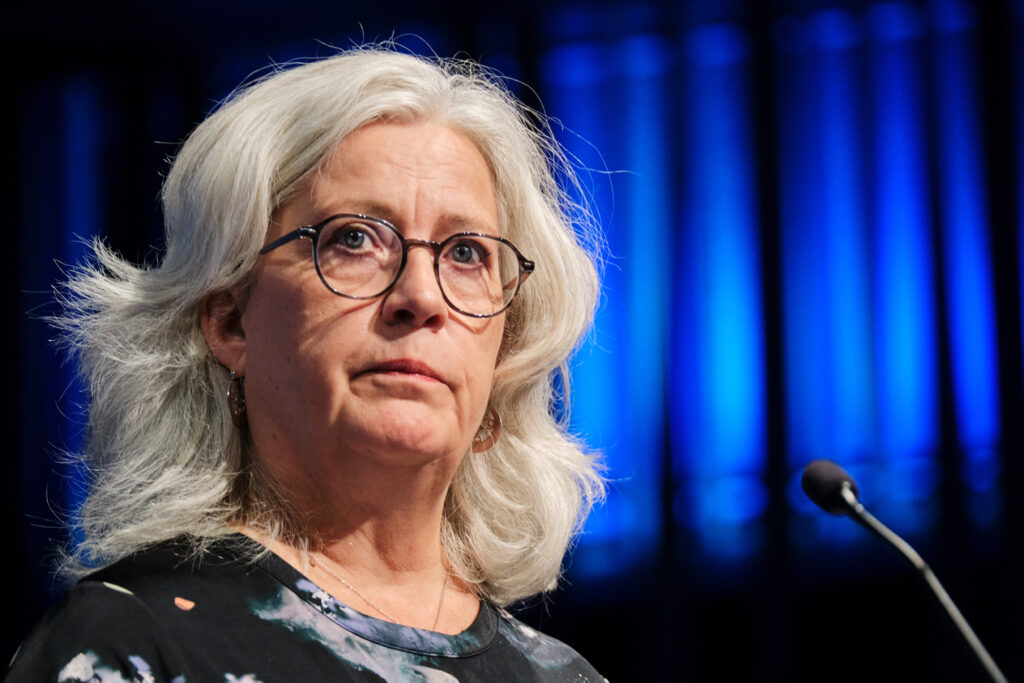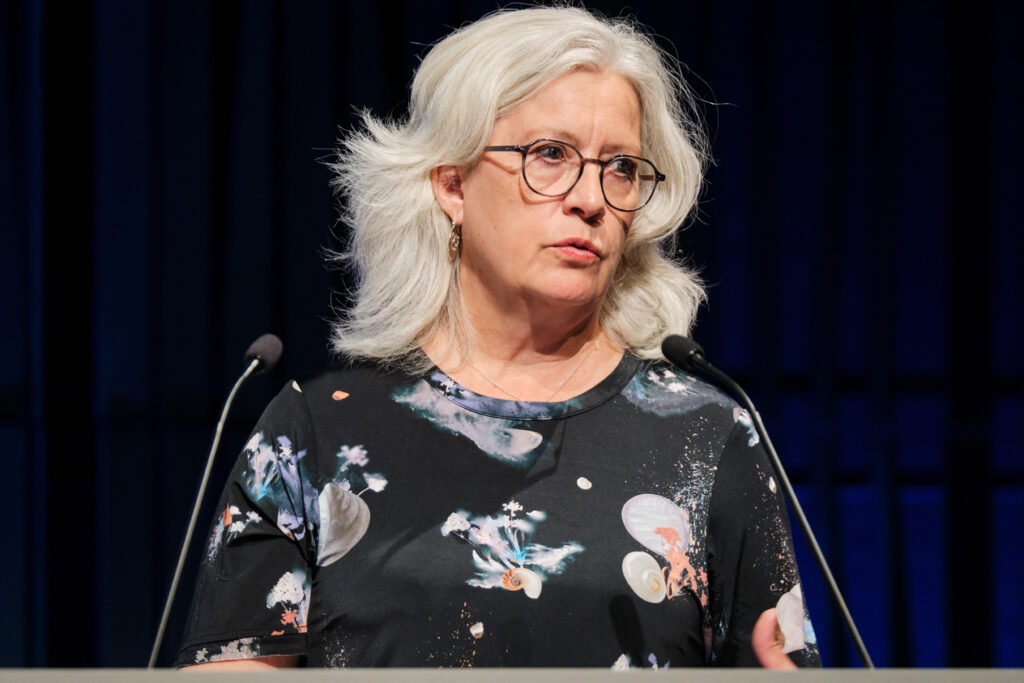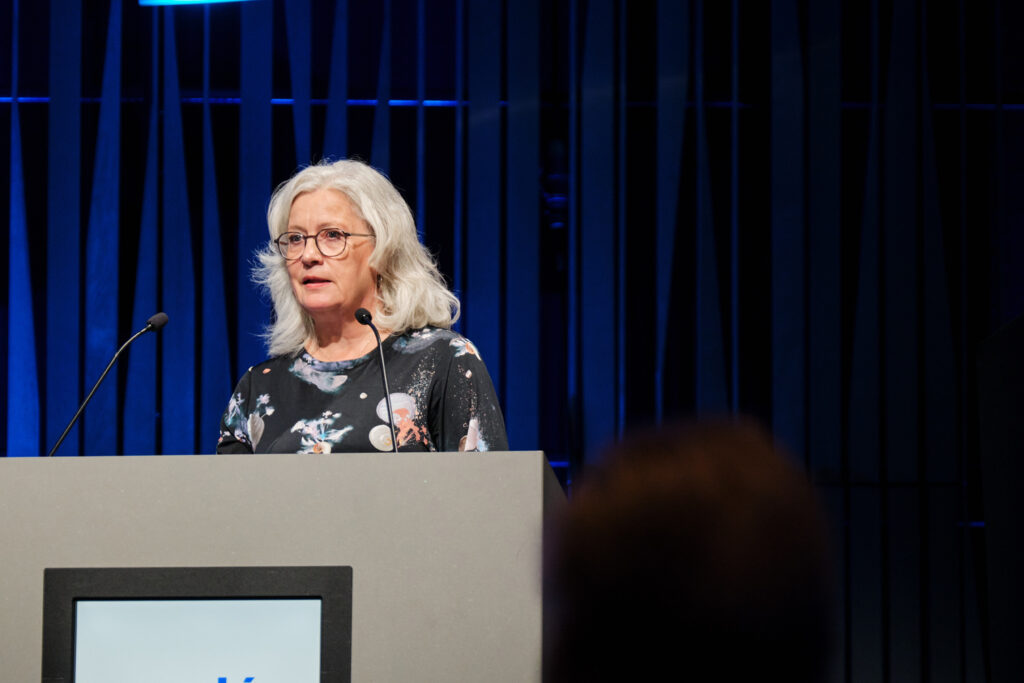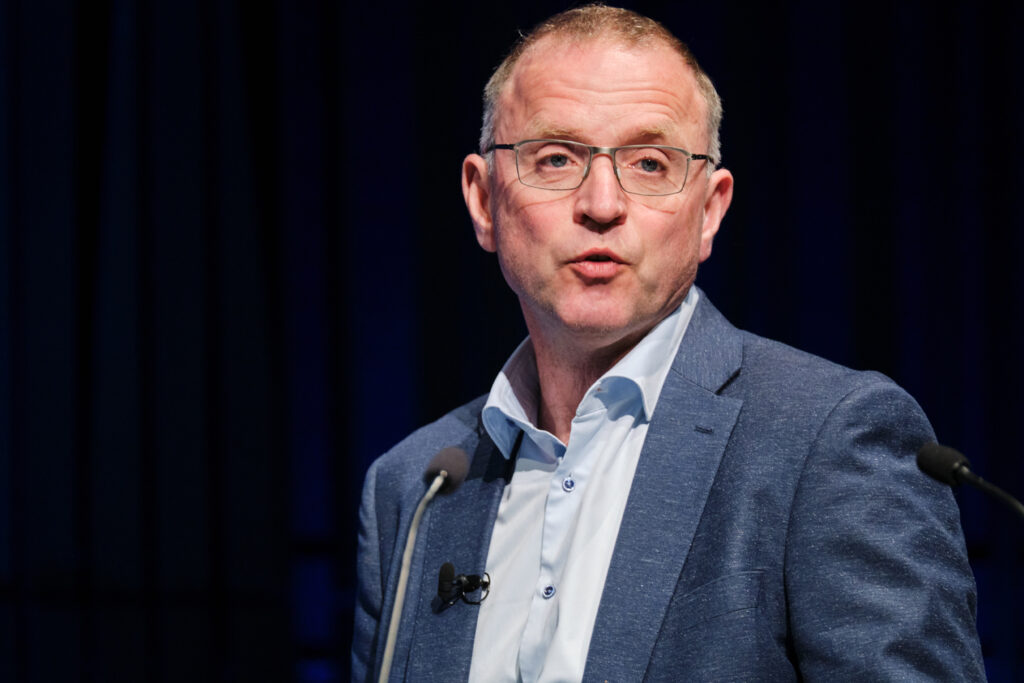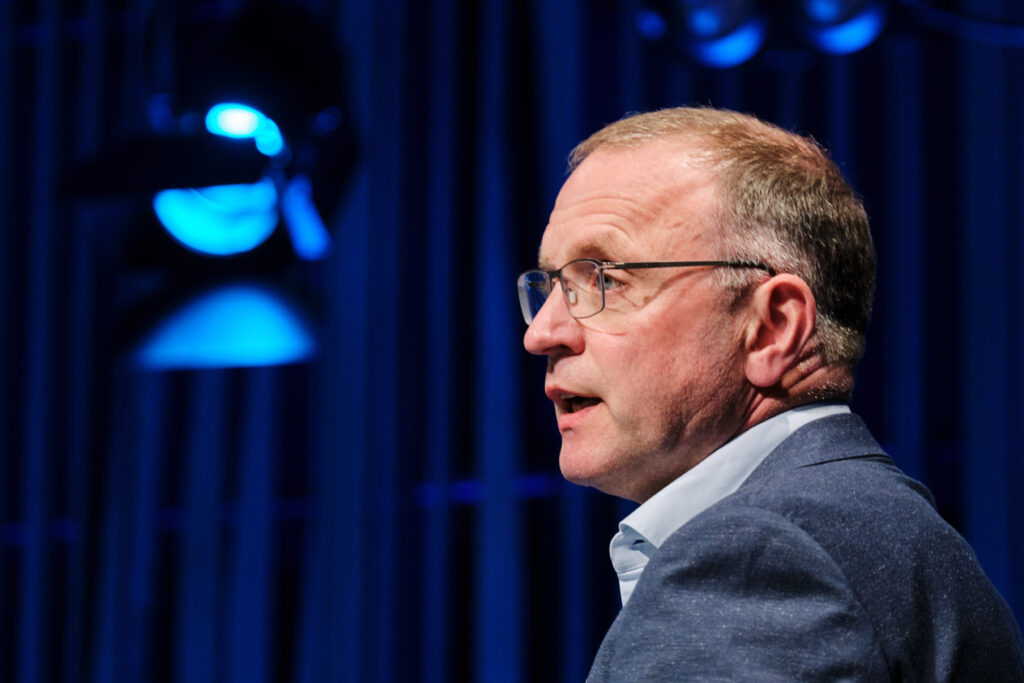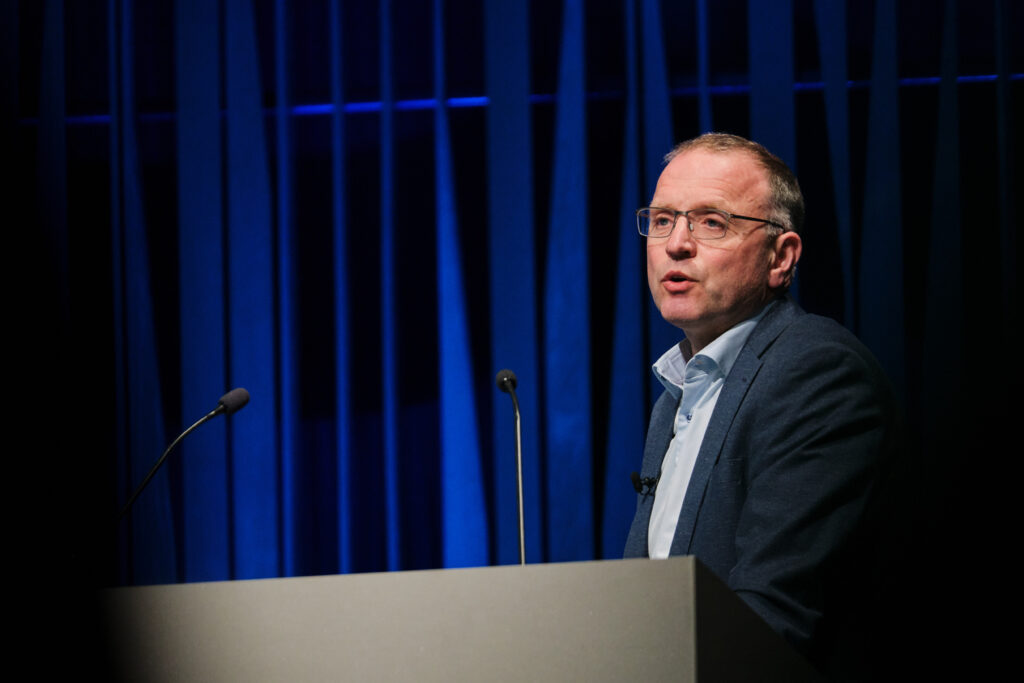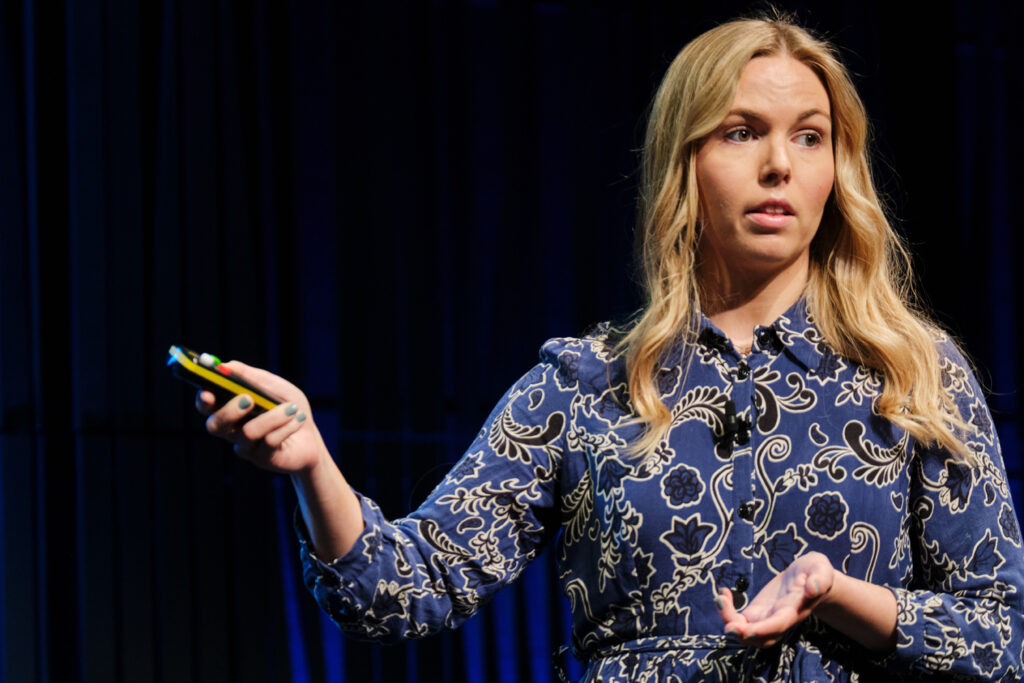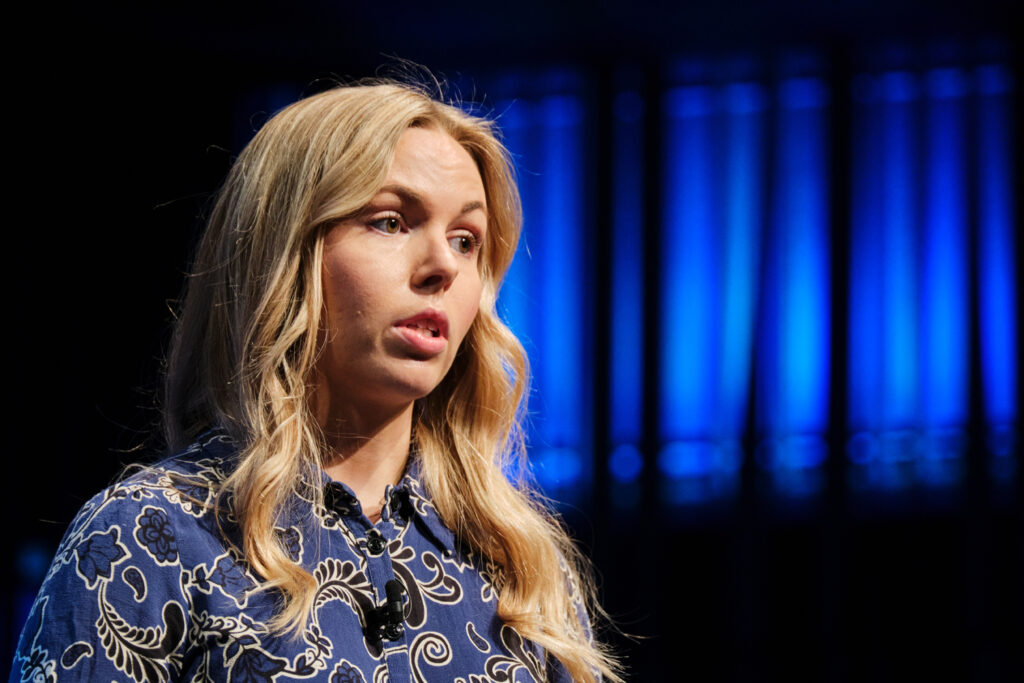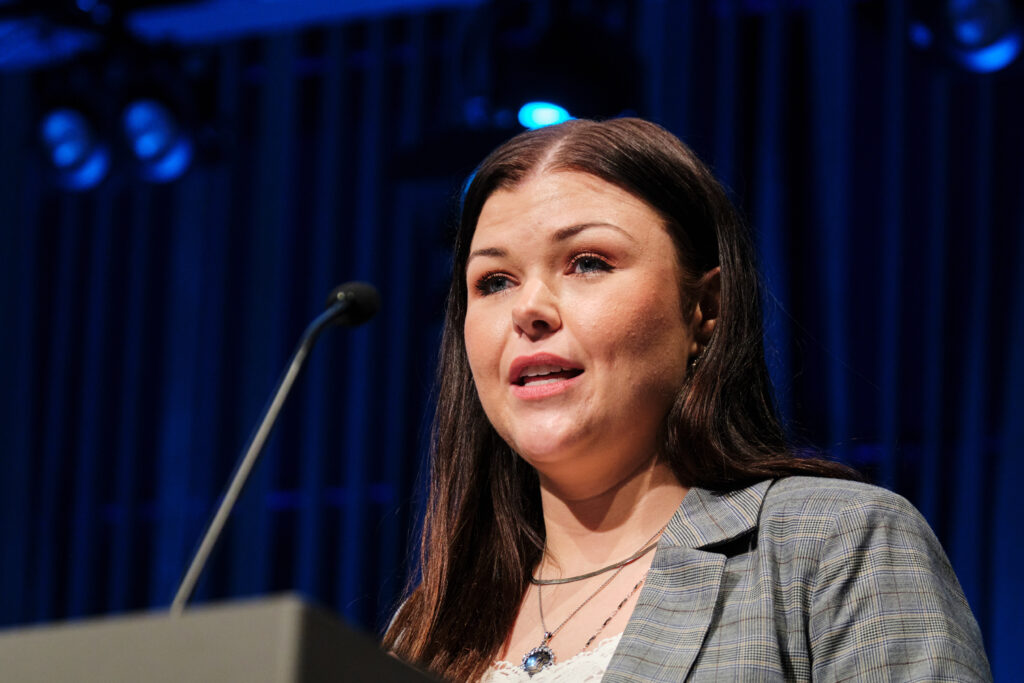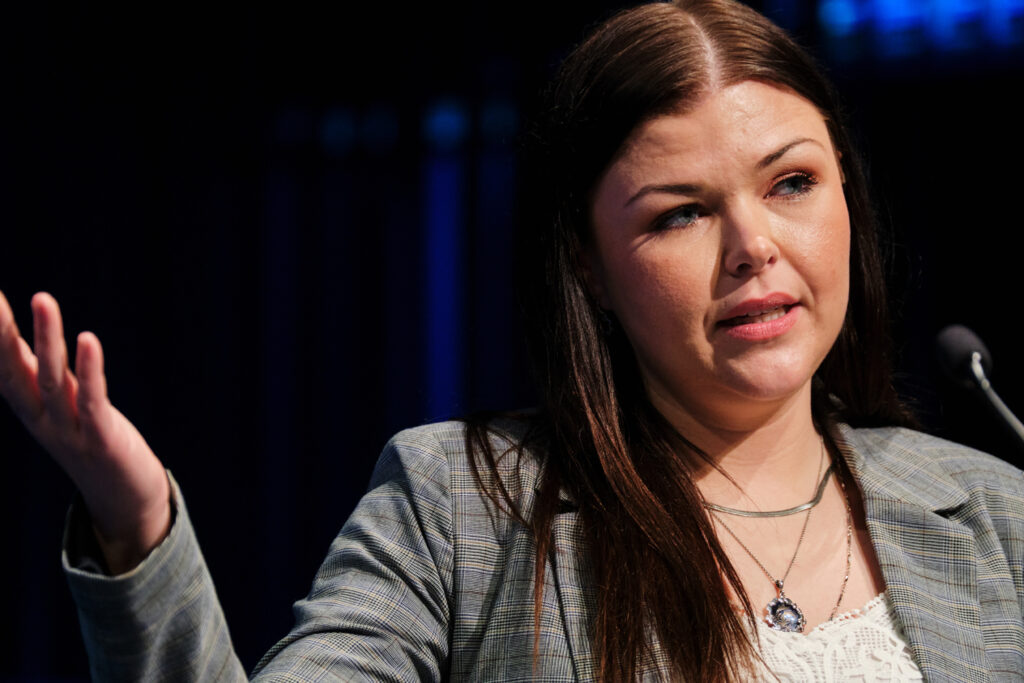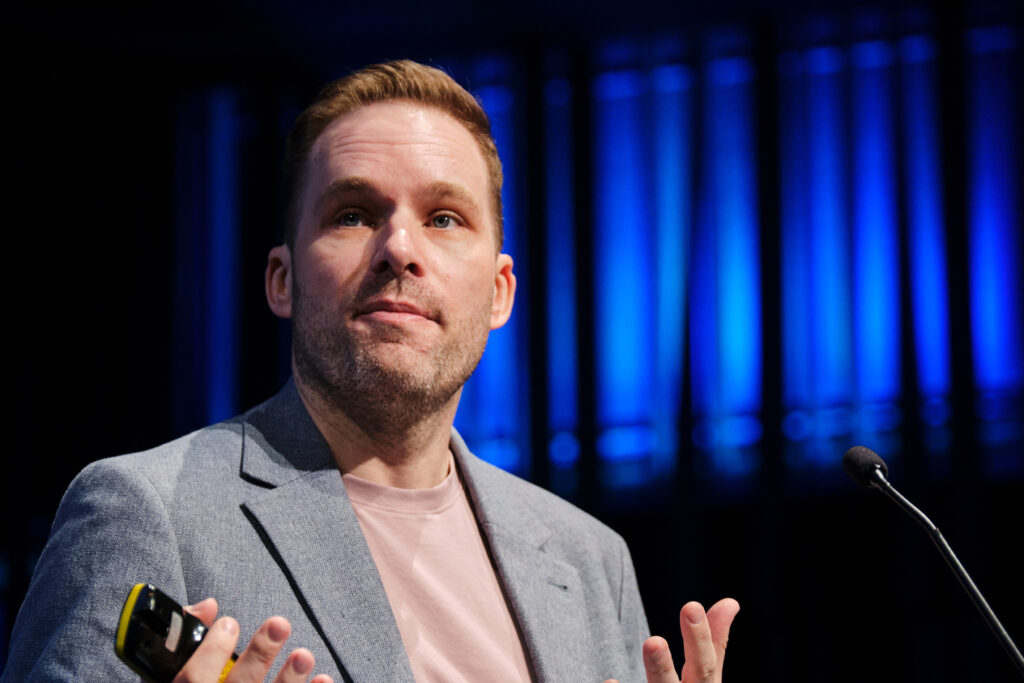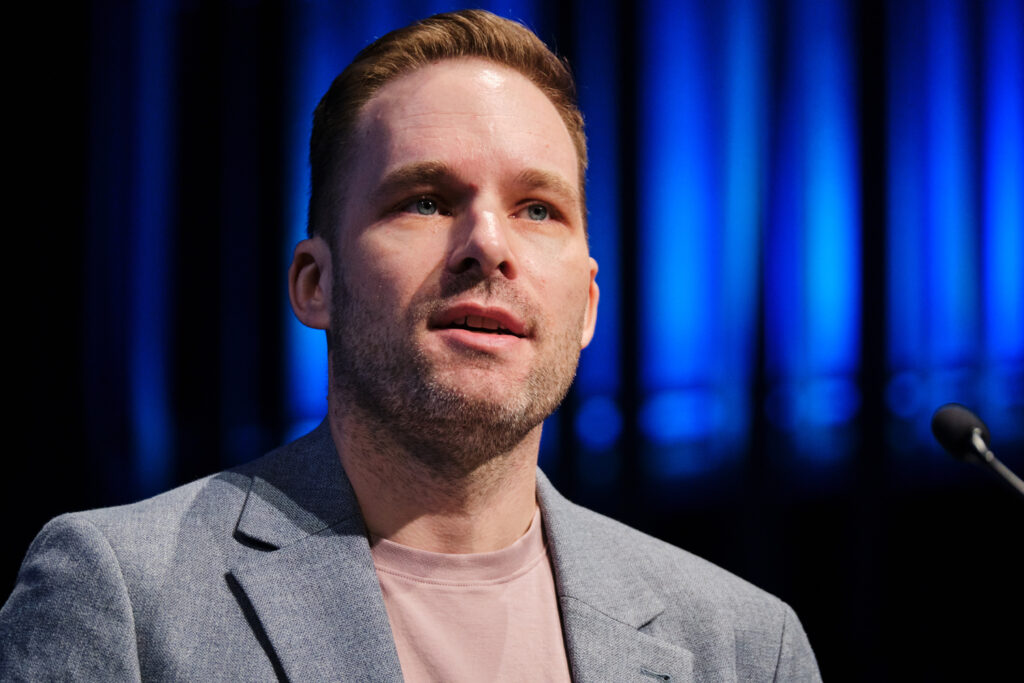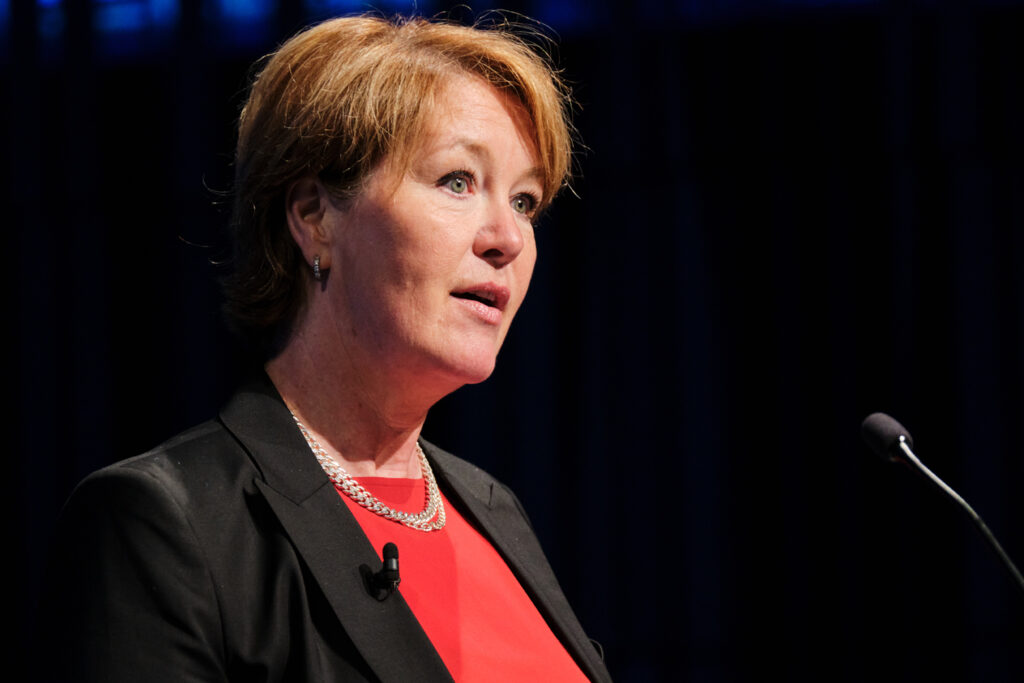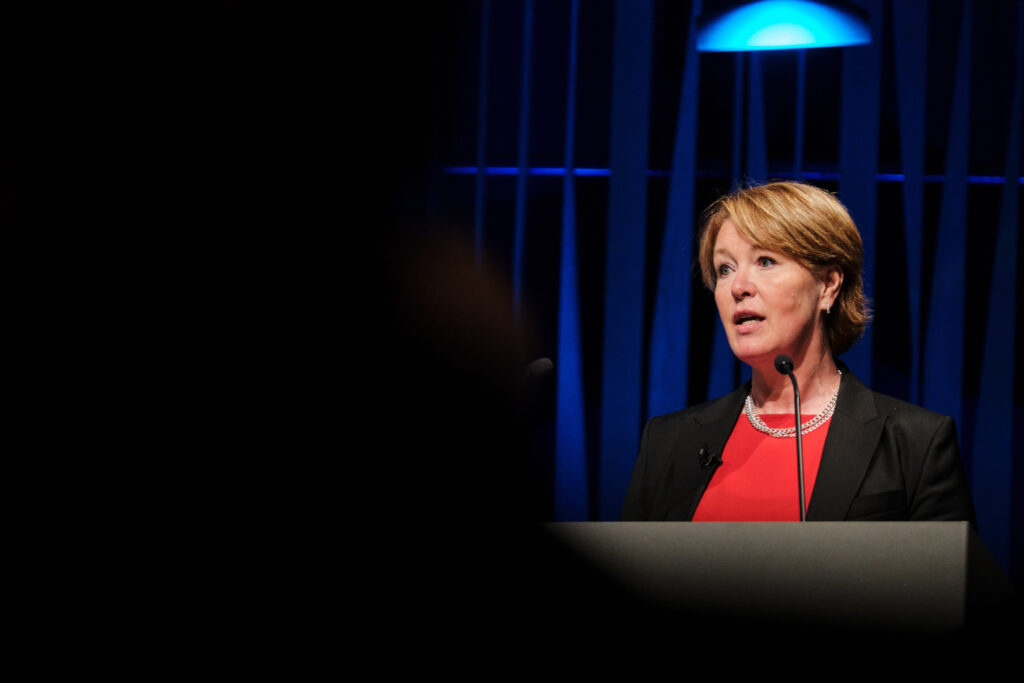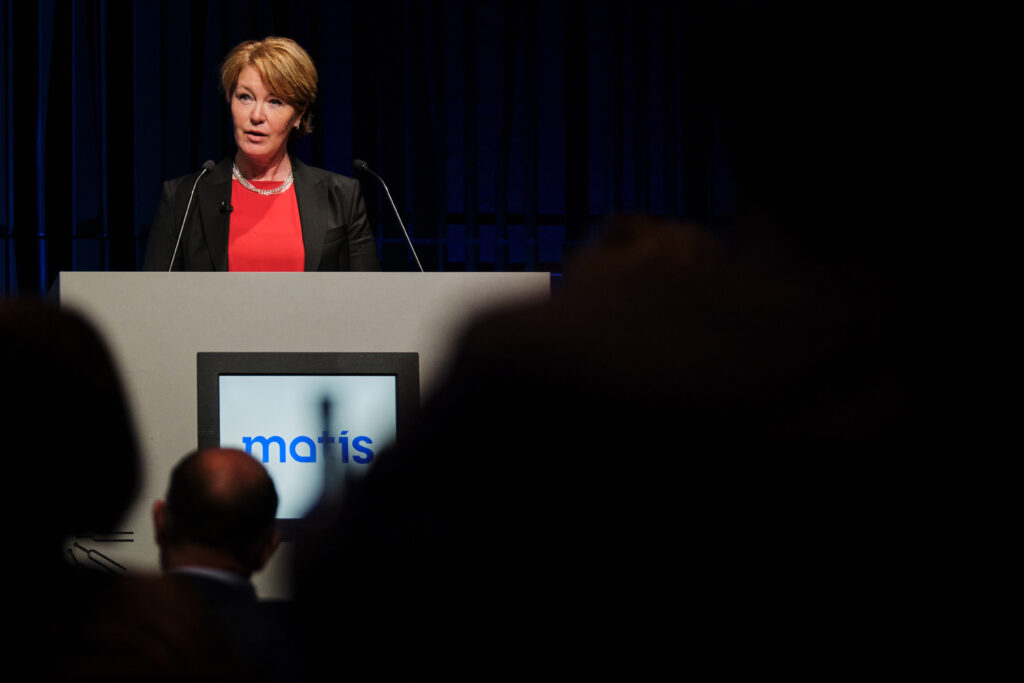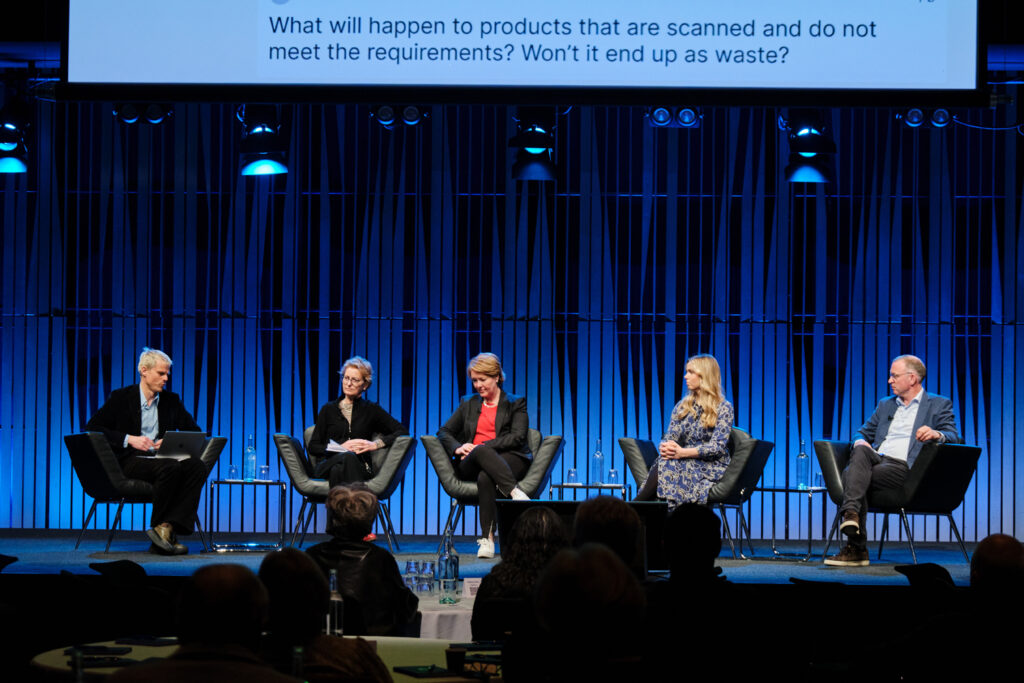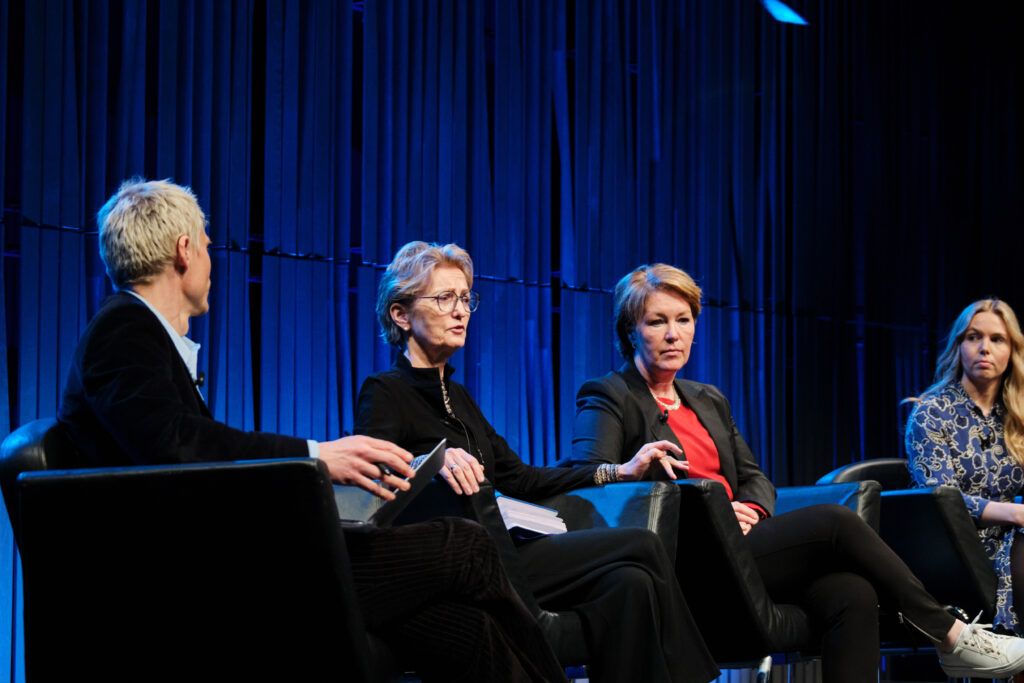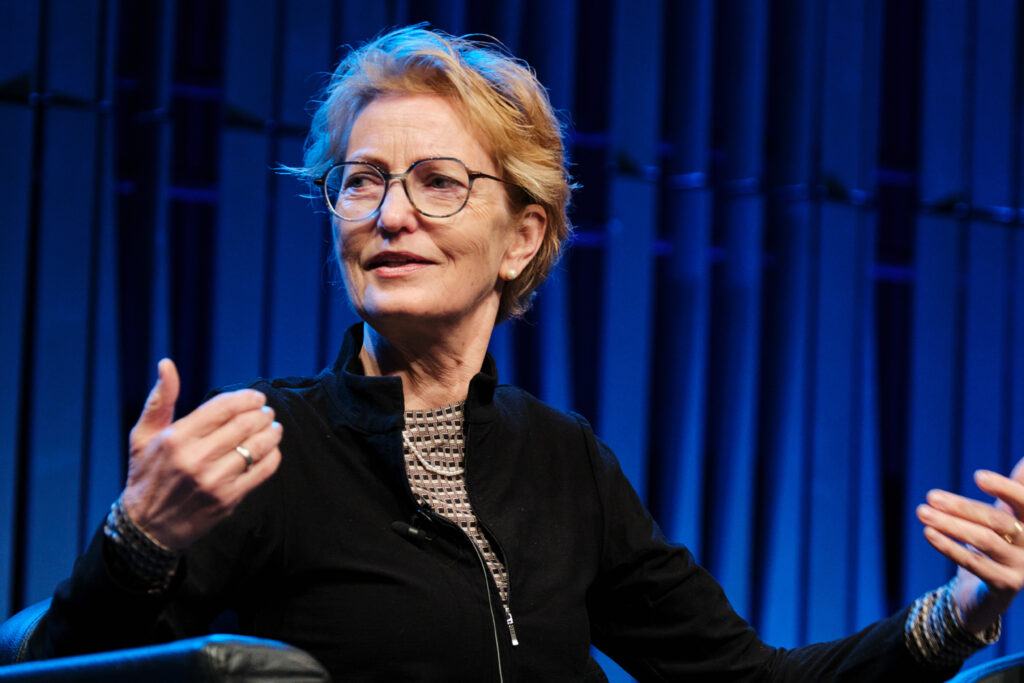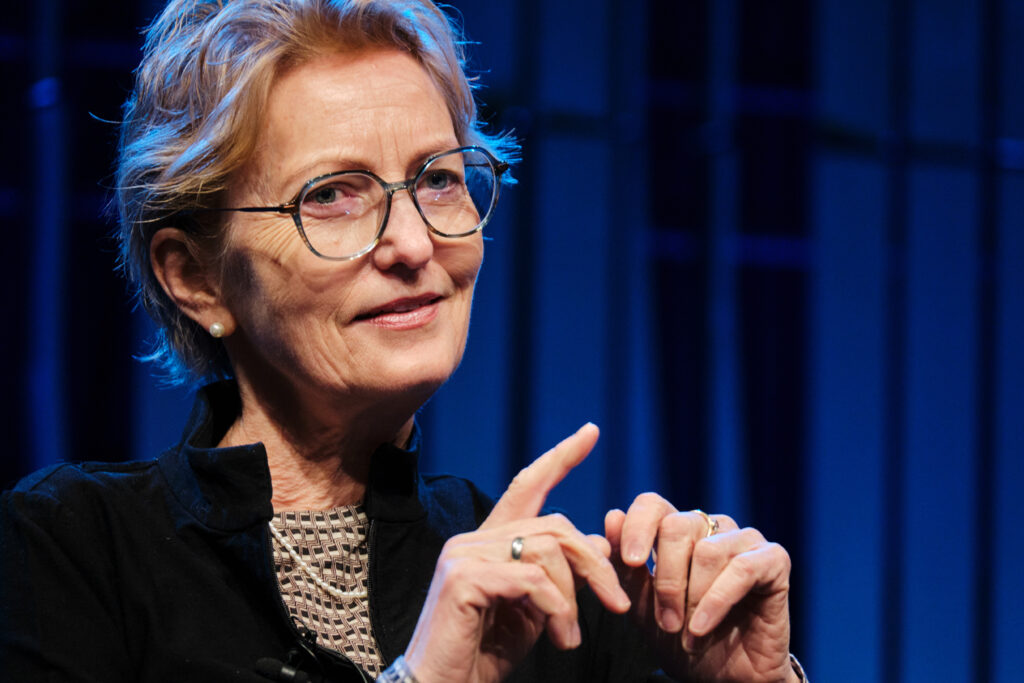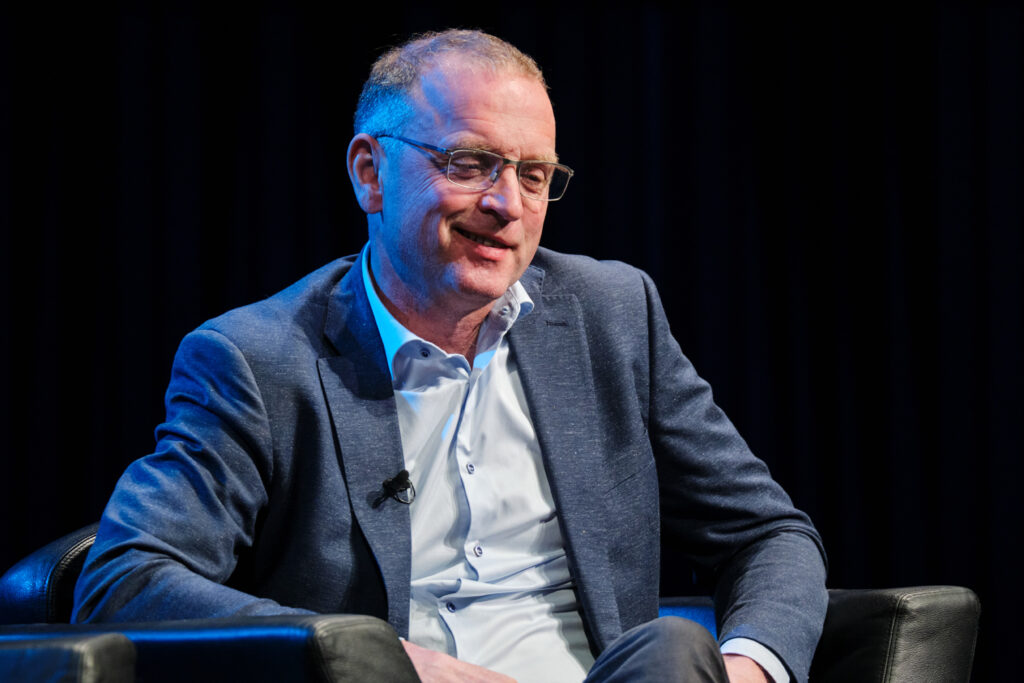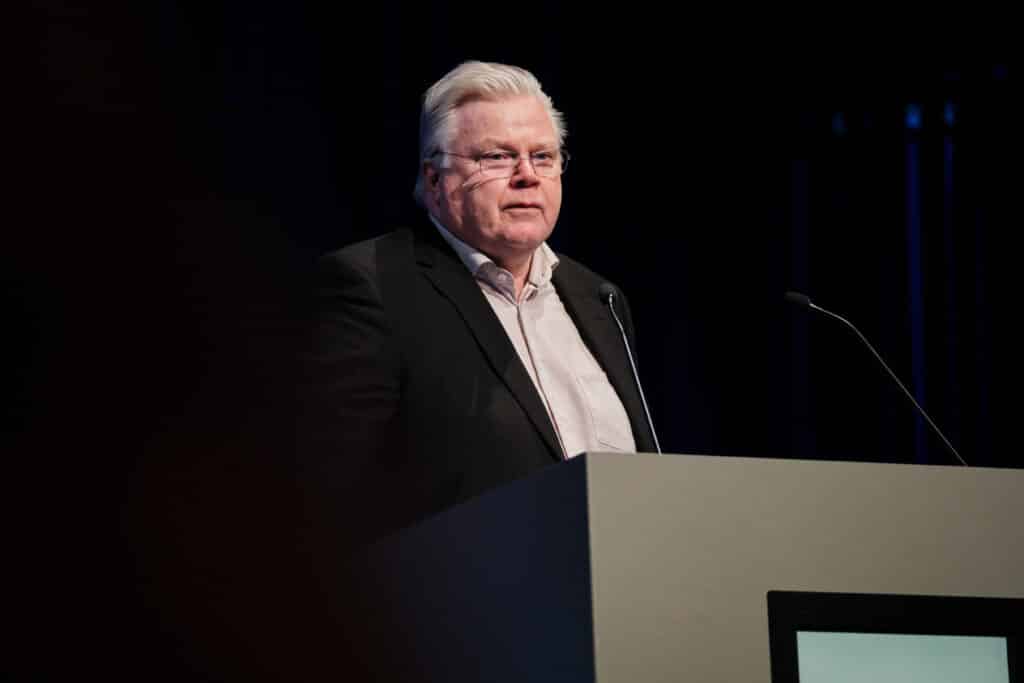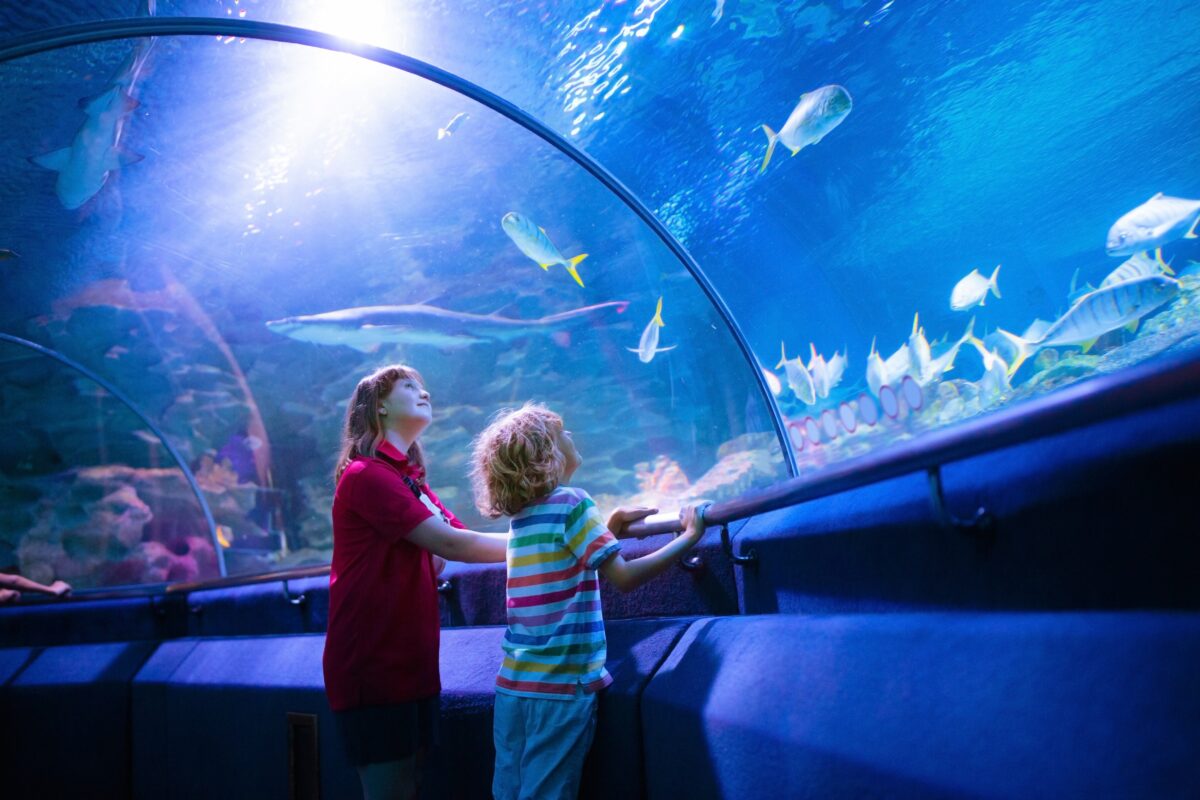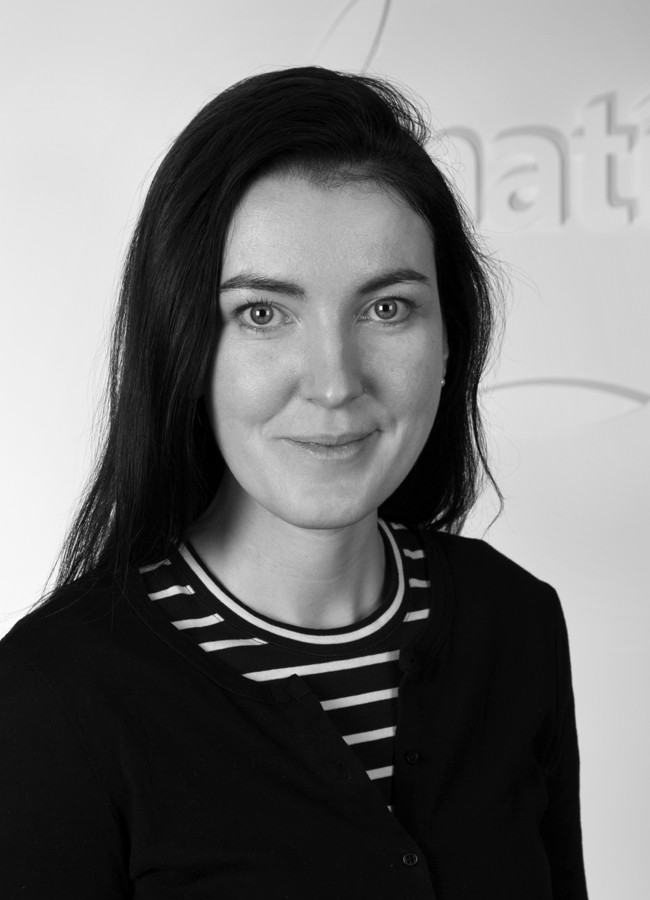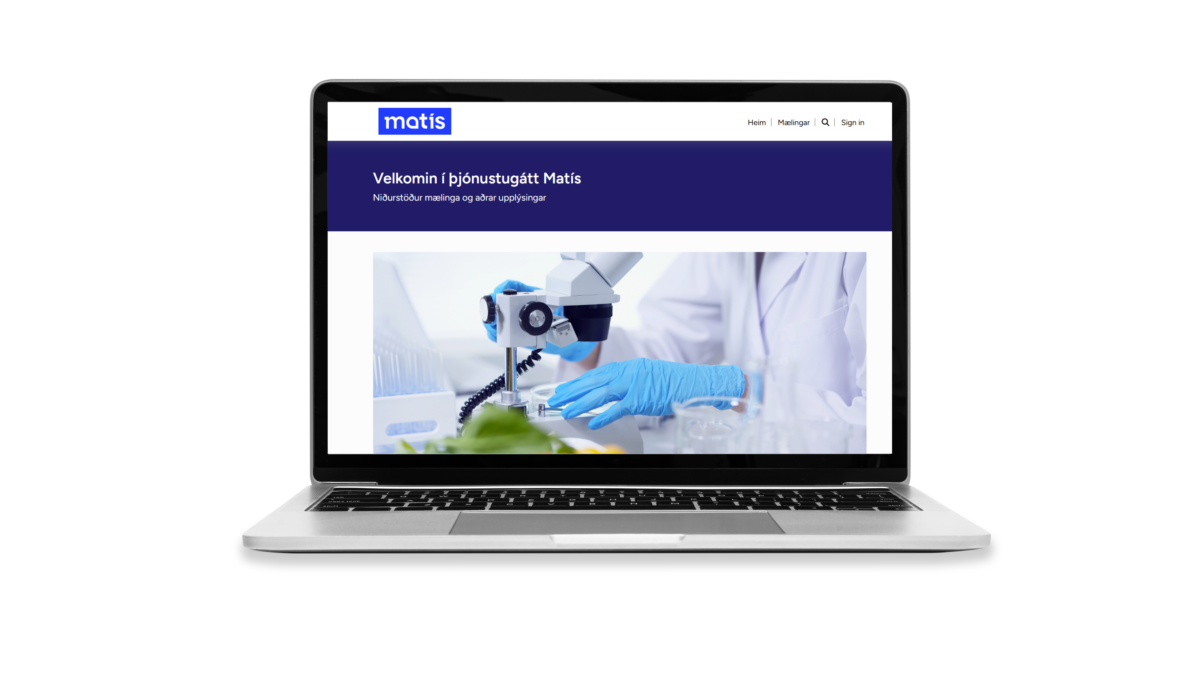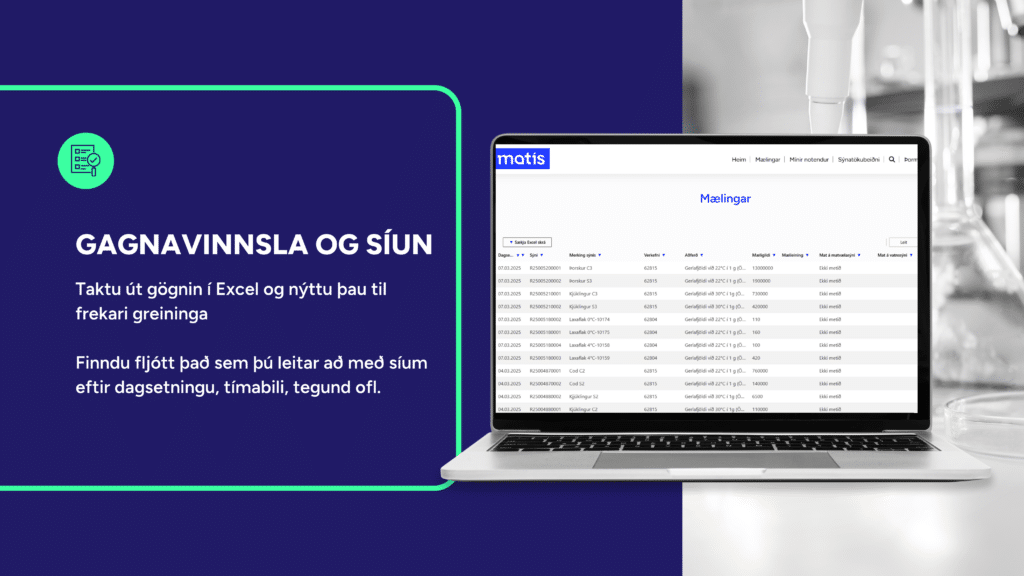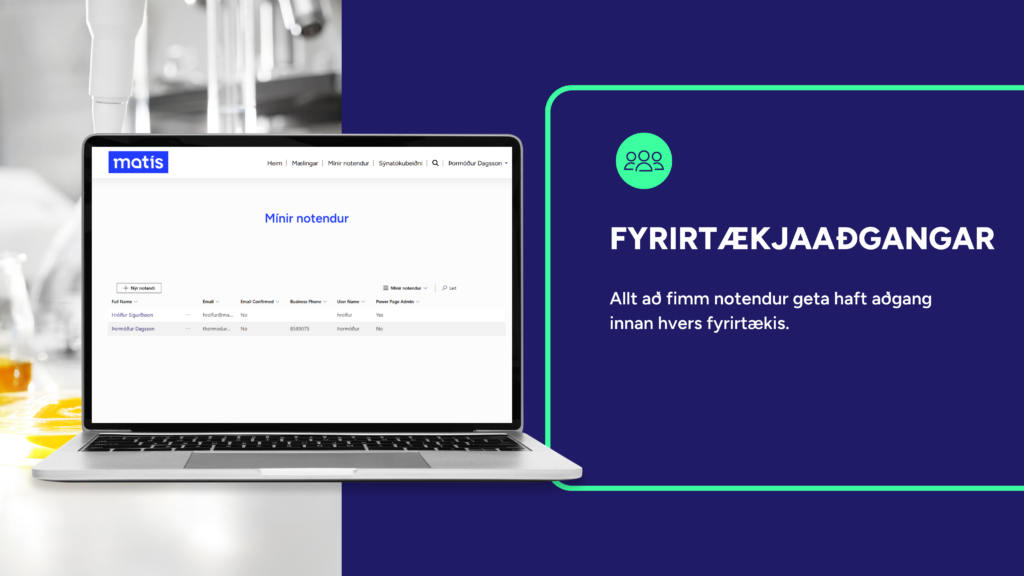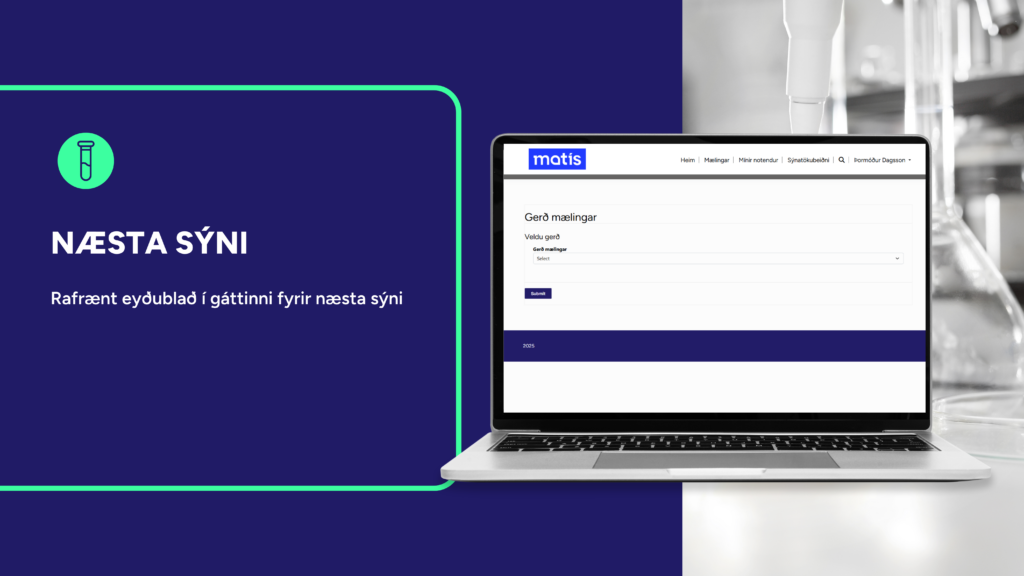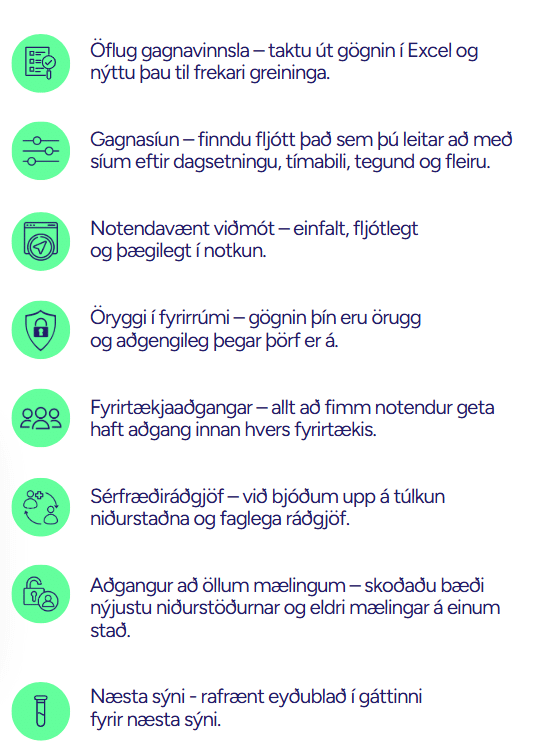The Launch of MeCCAM: An EU-funded Project to Mitigate and Adapt European Fisheries to Climate Change Impact
The 1st of Maymarked the official launch of MeCCAM (Measures for Climate Change Adaptation and Mitigation in European Fisheries). MeCCAM is a four-year project aimed at equipping the European fisheries sector with innovative, science-based solutions to adapt and mitigate climate change. Coordinated by Sjókovin in the Faroe Islands, the project brings together 16 partners from 9 European countries. The project is funded by Horizon Europe with a total budget of EUR 4.5 million.
Over the next four years, MeCCAM partners will develop, implement, and recommend mitigation and adaptation solutions to reduce the environmental impact and increase the resilience and sustainability of the European fisheries sector. Solutions will lower fuel consumption, improve harvest quality, optimize output composition, utilize side-streams, and explore new market opportunities. The goal is to support carbon neutrality and enhance the adaptive capacity of seafood value chains across Europe.
The solutions are designed to respond to a broad range of challenges faced across Europe – from the Northeast Atlantic to the Mediterranean – covering large- to small-scale fisheries. The project will deliver outcomes in the following key areas:
Sustainable Fisheries for a Changing Climate
MeCCAM will advance innovative fishing gears and decision support tools that help reduce environmental impact, improve fuel efficiency, and optimise fishing strategies, while ensuring economic viability. A mobile app for catch registration will enable fishers to respond in real-time to changes in species distribution caused by warming waters.
Science-Driven Tools for Smarter Decisions
Digital innovation is key in MeCCAM. The project will evaluate an environmental accounting software and deliver data-driven tools and best practices to support smarter, climate-resilient decision-making throughout the fisheries value chain.
Collaboration for Lasting Impact
Bringing together industry stakeholders, scientists, and policymakers, MeCCAM will foster cross-sector collaboration to ensure that its results are both practical and impactful. Training materials and policy briefs will support the integration of climate adaptation and mitigation strategies into long-term fisheries management.
MeCCAM solutions will be implemented and demonstrated in six regional case studies, including the Northeast Atlantic, North Sea, Bay of Biscay, Iceland, Cyprus, and Greece. These have been strategically selected to reflect the variety of challenges faced by European fisheries—from industrial pelagic and demersal operations to small-scale fisheries. They include both data-rich and data-poor regions with differing levels of adaptive capacity.
With climate change posing increasing risks to marine ecosystems and coastal communities, MeCCAM is a timely and vital step toward securing a sustainable future for European fisheries.
